The Evolution of Engagement Rings Through the Years
See how they've changed from the 1400s to now.
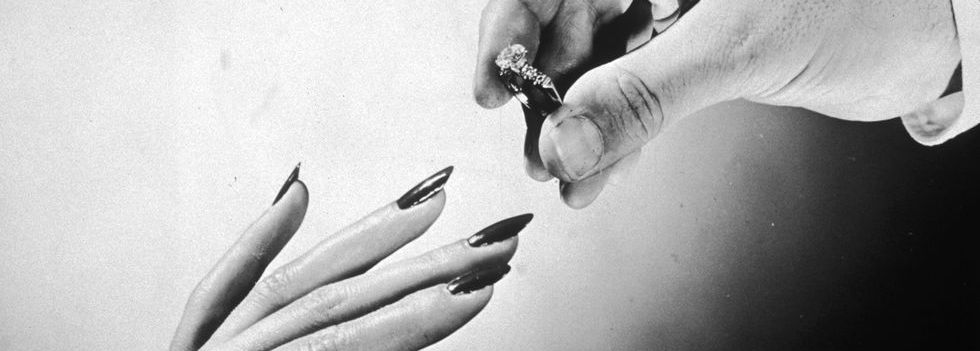

An engagement ring is more than just a piece of jewelry: It signifies a major commitment in your relationship and gets shown off a lot on the 'gram. But the history behind why engagement rings exist dates all the way back to Ancient Rome. Find out how this piece of jewelry came to be and see how the styles have evolved over the centuries.
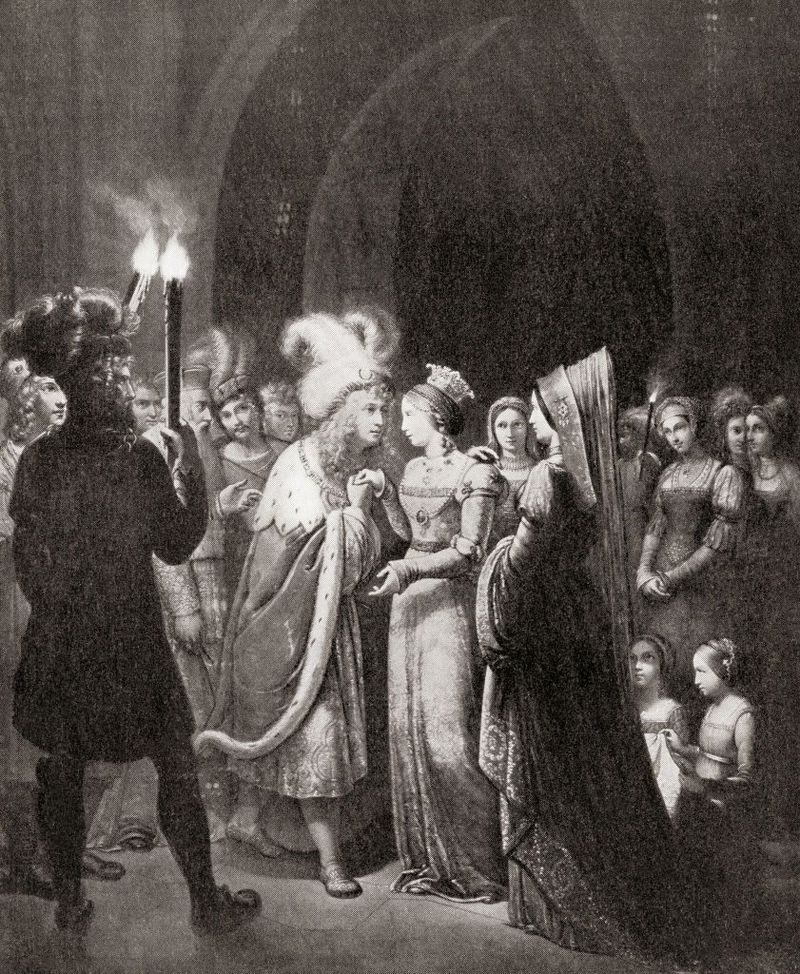
1477
In Ancient Rome, women were given rings made of ivory, flint, bone, copper, or iron "to signify a business contract or to affirm mutual love and obedience," according to the Gemological Institute of America (GIA). It wasn't until 1477 that the very first diamond ring was commissioned by the Archduke Maximilian of Austria for his bride, Mary of Burgundy.
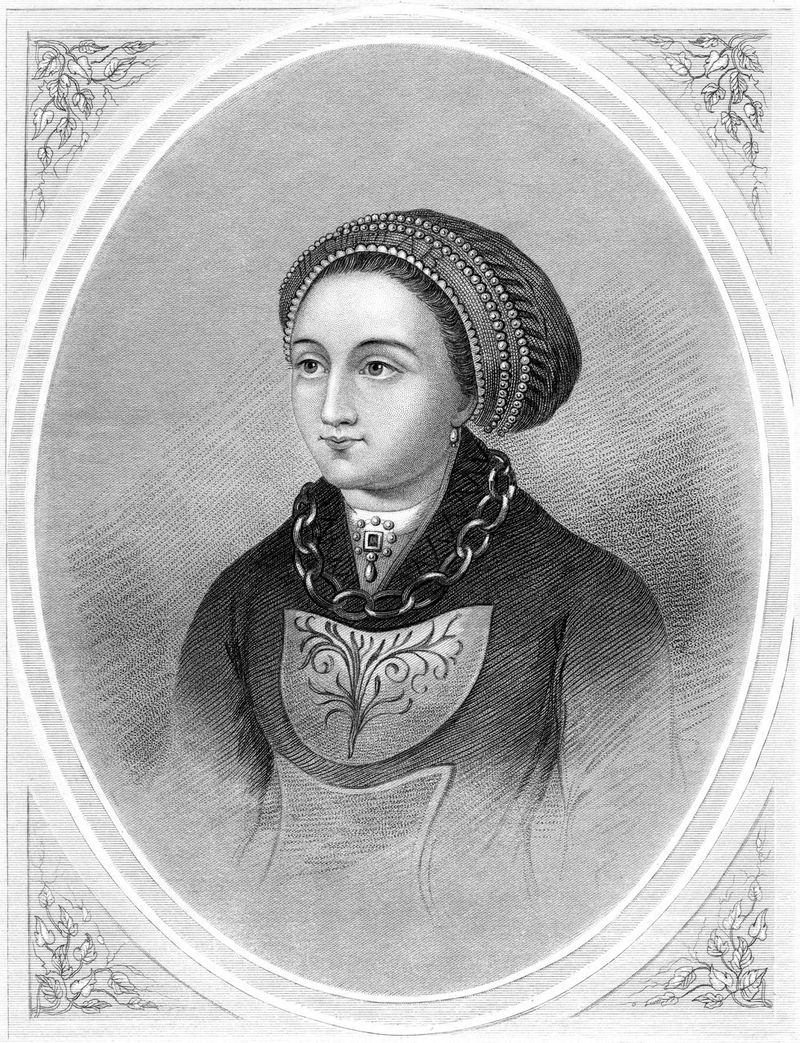
1525
Gimmel rings featured two or three hoops that fit together to form one ring. After getting engaged, the man and woman would each wear one part of the ring, then during the wedding ceremony they'd reconnect their bands and the bride would wear the unified ring. Catherine Bora (pictured) and Martin Luther opted for this ring for their marriage in 1525.
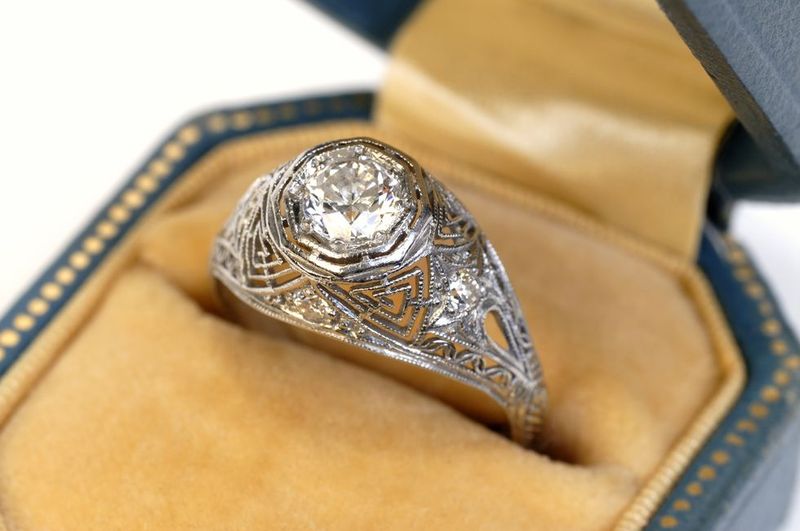
1901
Engagement rings arrived in America in the 1840s but were still relatively uncommon. In the Edwardian era (1901-1910), designs were marked by their dainty and elaborate details. Most rings centered around a large diamond and the goal of the jeweler was to get as many diamonds on the piece as possible. They would do so by encrusting small diamonds into settings made of filigree and ornate detailing sometimes resembling lace.
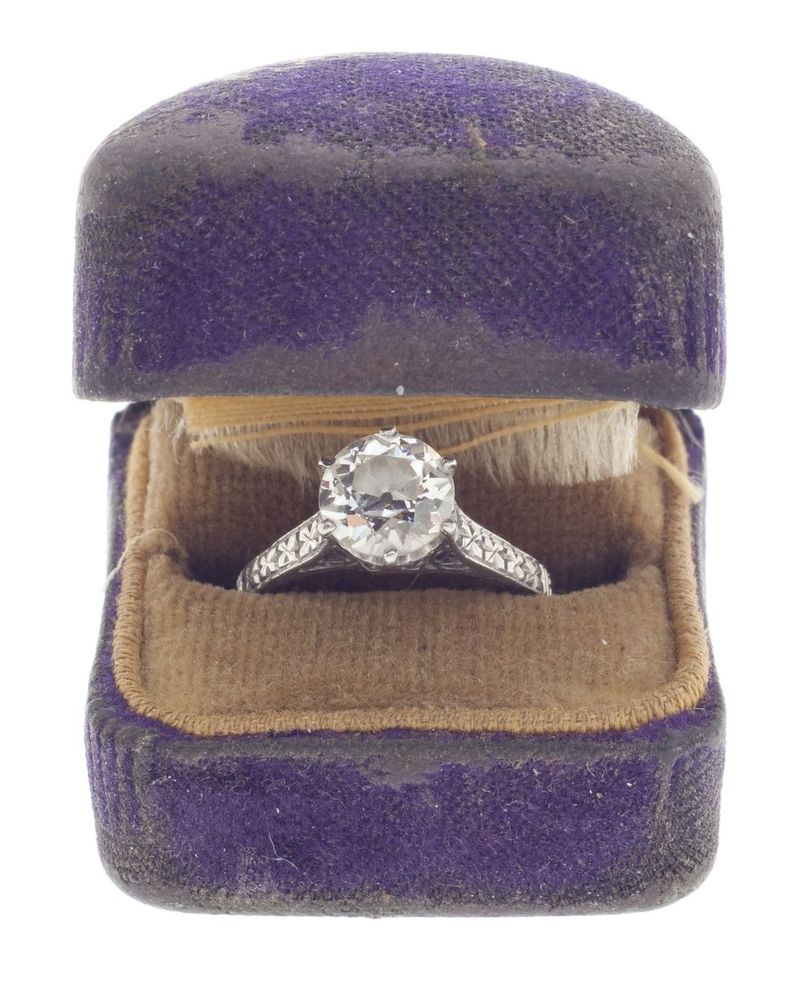
1910
The most popular stone for engagement rings during this period was the old European cut diamond. The hand cut round stone remained popular from the turn of the century until the 1930s.
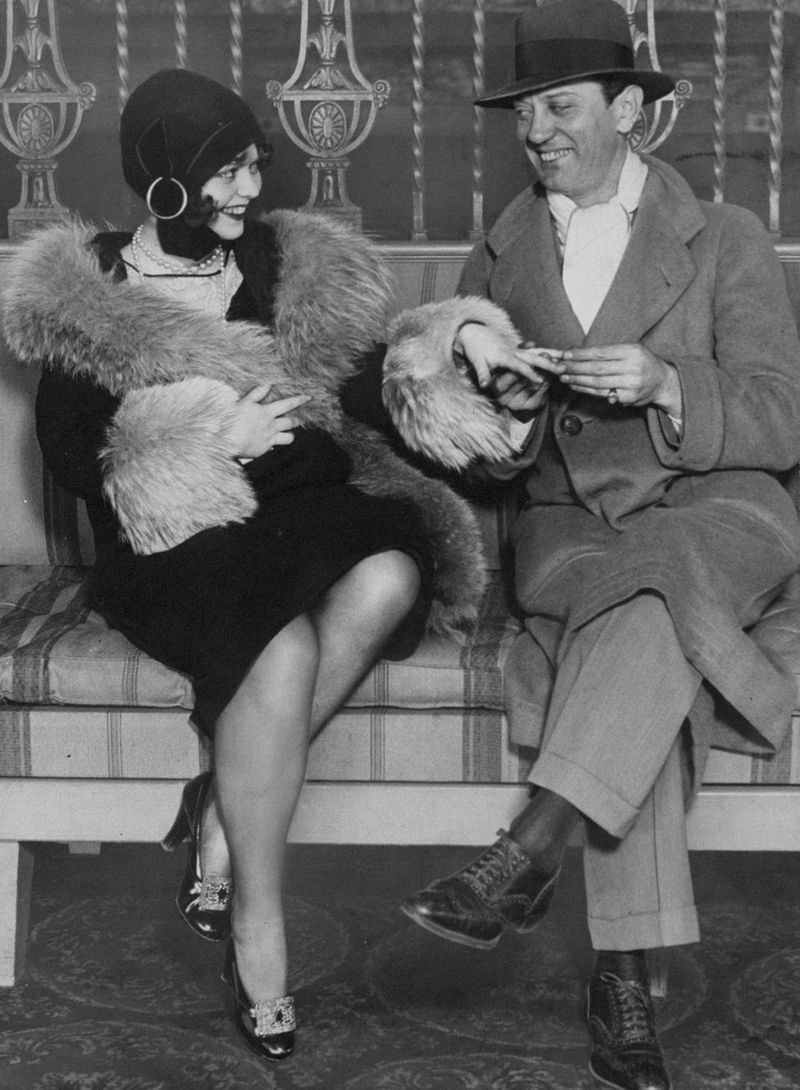
1920
The 1920s brought with it a wave of modern fashion, art, and, yes, even engagement ring styles. When art deco style emerged, it replaced the frilly and intricate rings of the Edwardian era with a combination of diamonds and colored gemstones and angled lines centered around one large stone.
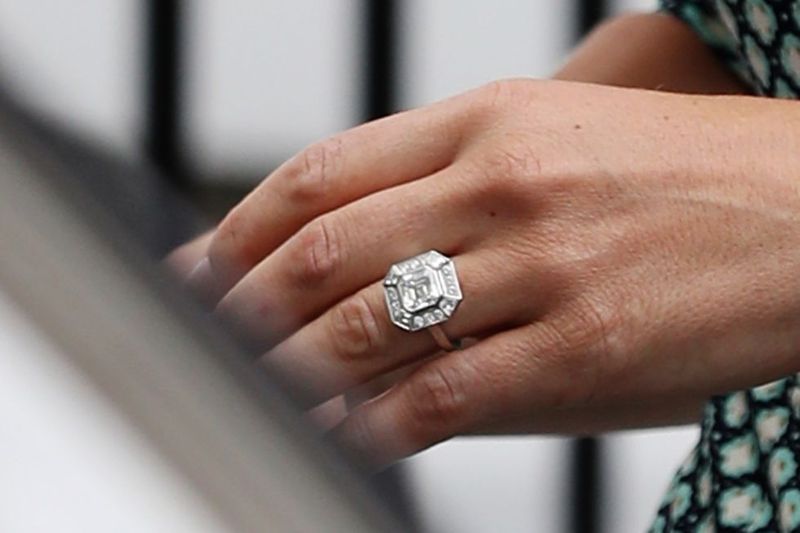
1922
Asscher cut diamonds were one of the most popular styles in the 1920s. Invented in 1902 by the Asscher family, the patented cut is similar to an emerald cut, but is wider set and features larger step facets to make the diamond appear more brilliant.

1925
Due to art deco jewelry featuring a mix of diamonds with colored gemstones, it became common for an engagement ring's center stone to be fitted with a sapphire, emerald, or ruby instead of a diamond.
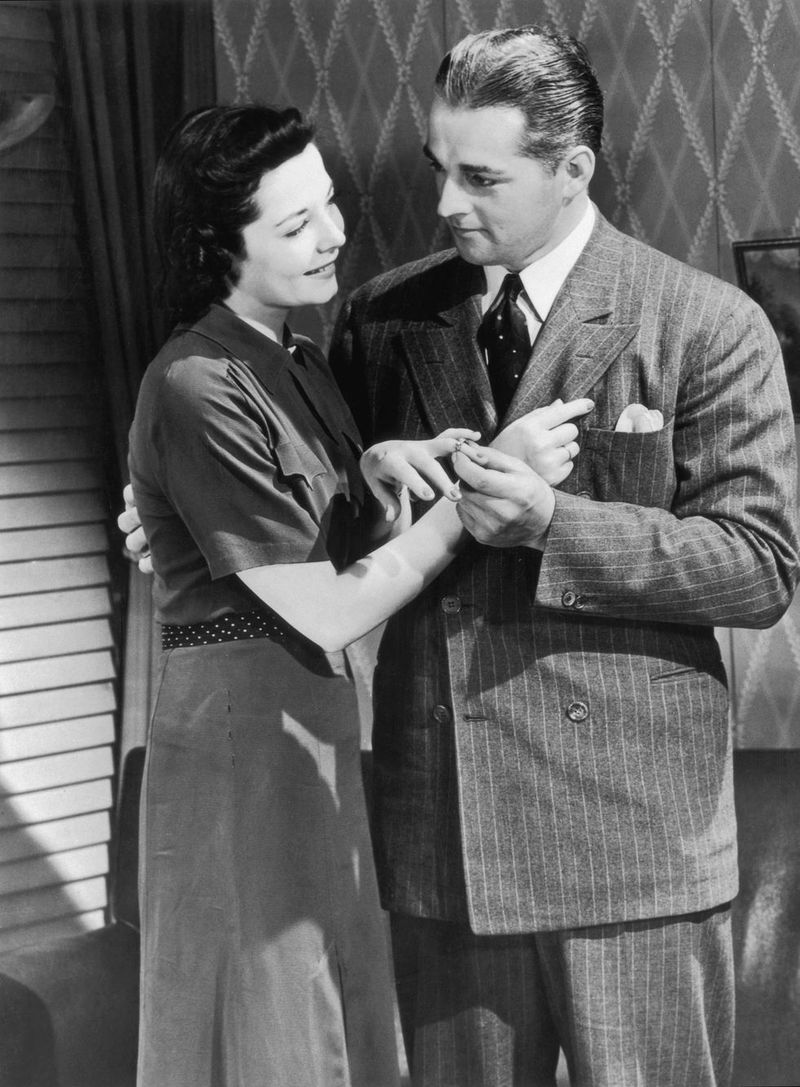
1930
During the Great Depression, many couples opted for less extravagant engagement rings. As a result, styles became simpler and stones became smaller.
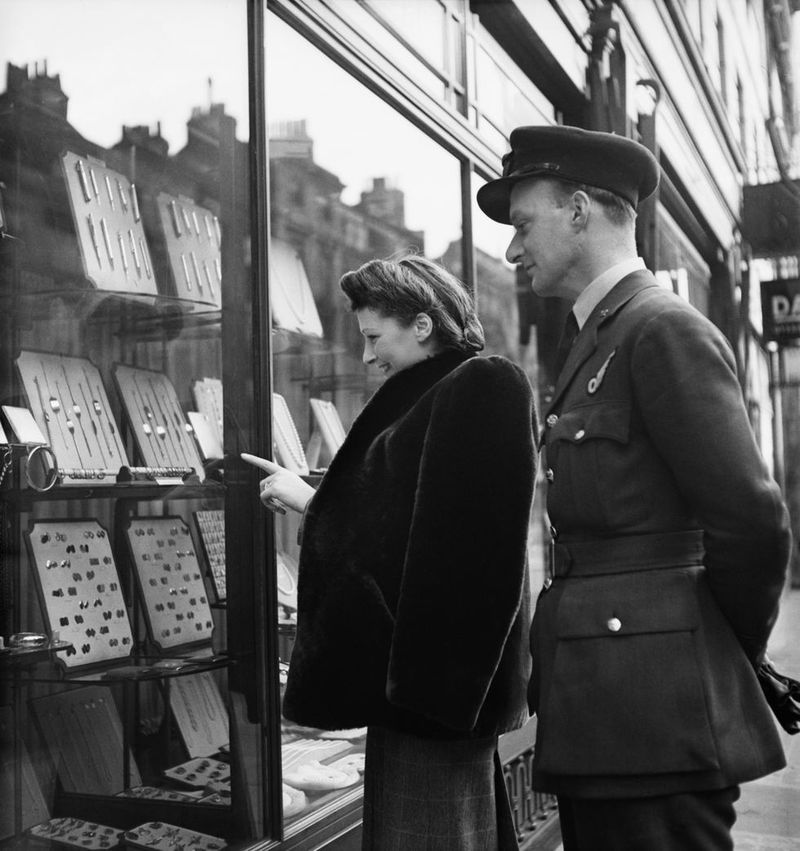
1939
Platinum was widely the metal of choice for engagement rings, until World War II hit, as the material was needed for the war effort.
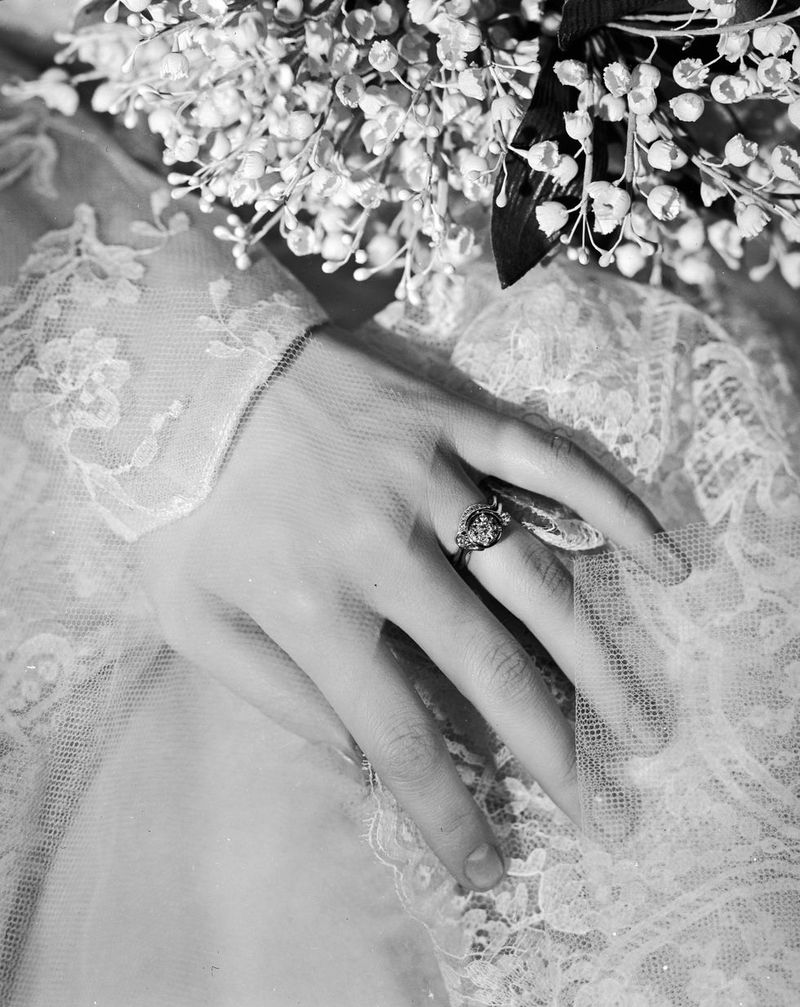
1940
Fashion in the '40s was all about doing more with less—and engagement rings were no exception. Jewelers added intricate designs, like leaves, flowers, bows, or hearts, to settings to make up for smaller stones.
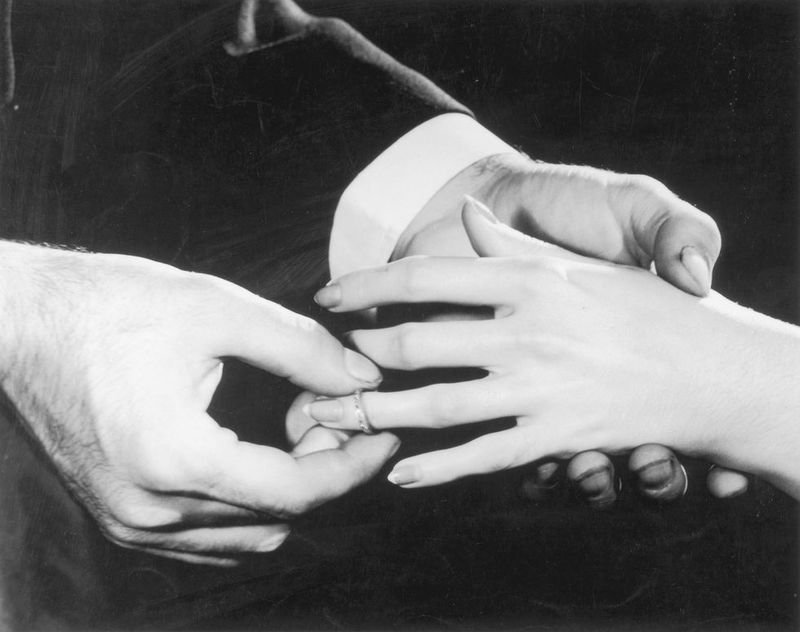
1942
As platinum was still scarce in the '40s, yellow gold emerged on the forefront for ring settings and bands.
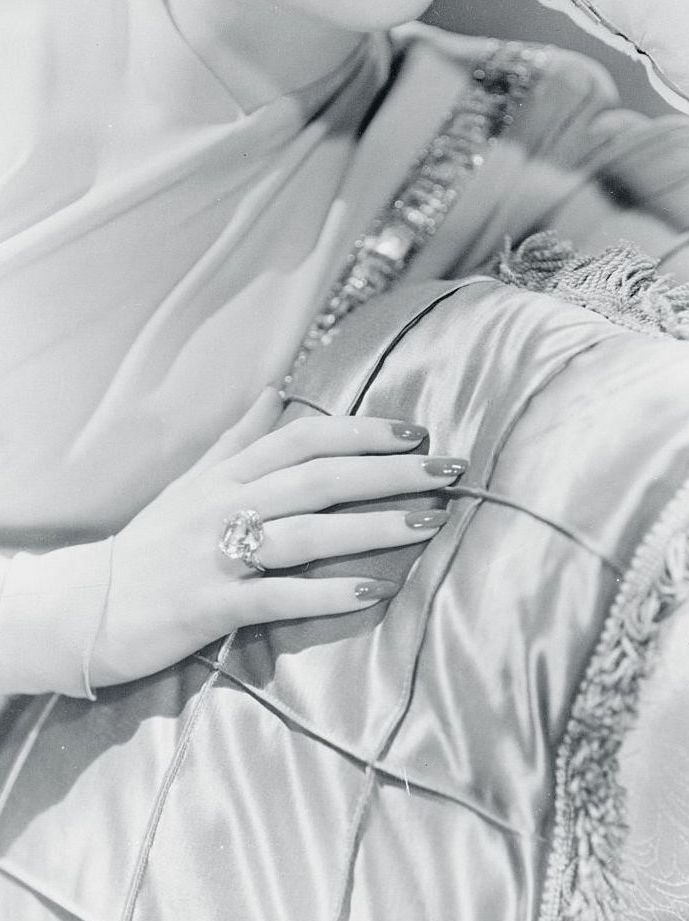
1945
For those who could afford it, glamorous cushion cut and solitaire center stones were all the rage by the mid-1940s. Here, Lucille Ball shows off the cushion cut ring she wore during her marriage to Desi Arnaz.
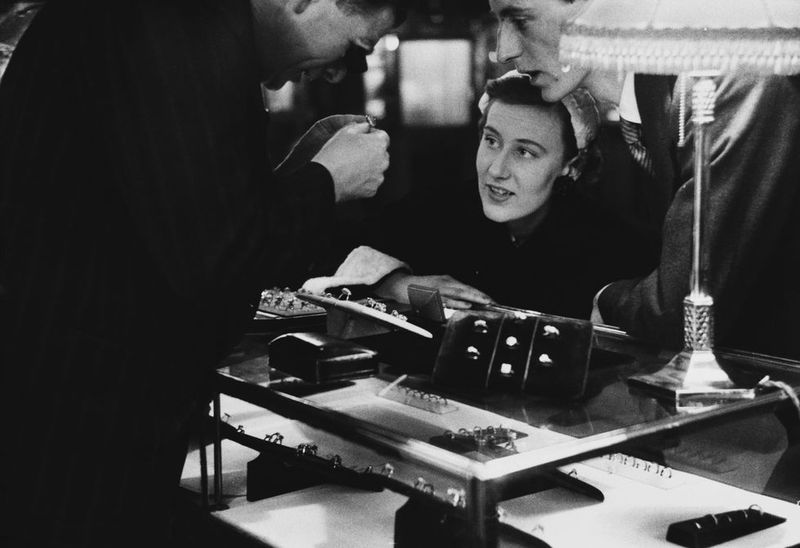
1948
De Beers launched their "A diamond is forever" marketing campaign in 1948, in an effort to convince the public that diamonds were symbols of an everlasting marriage.
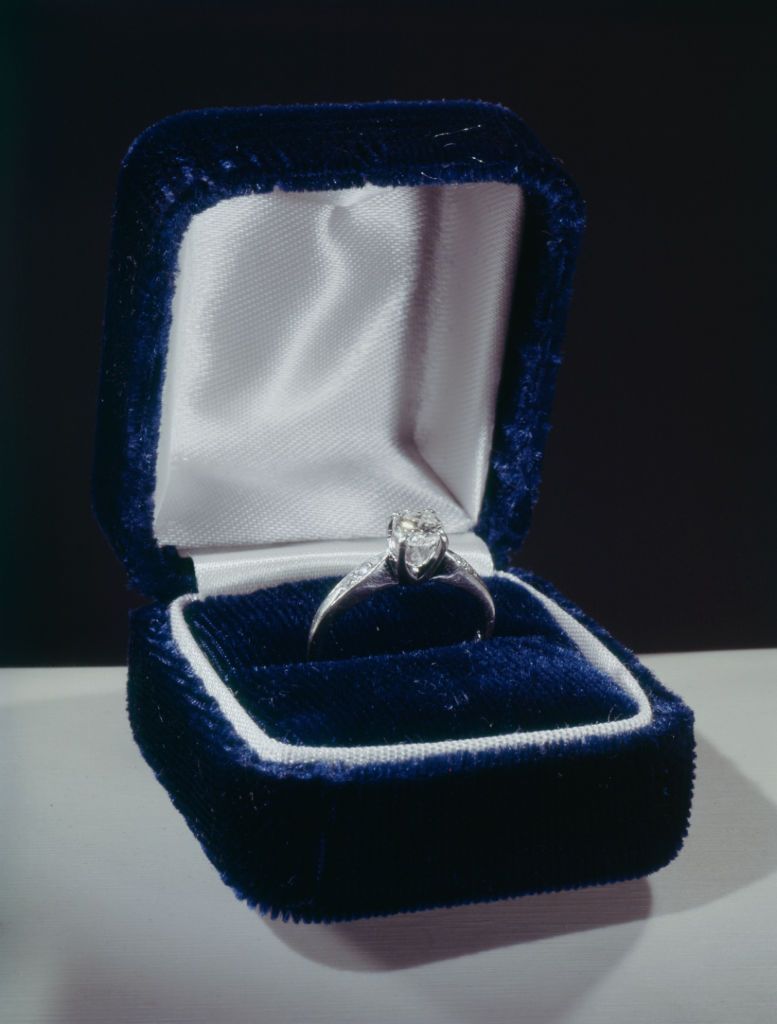
1950
De Beers's marketing campaign proved successful, and by the 1950s, diamond engagement ring sales skyrocketed and the custom of proposing with a diamond ring became the norm. The most common style at this time was a solitaire stone with diamond baguettes on the sides.
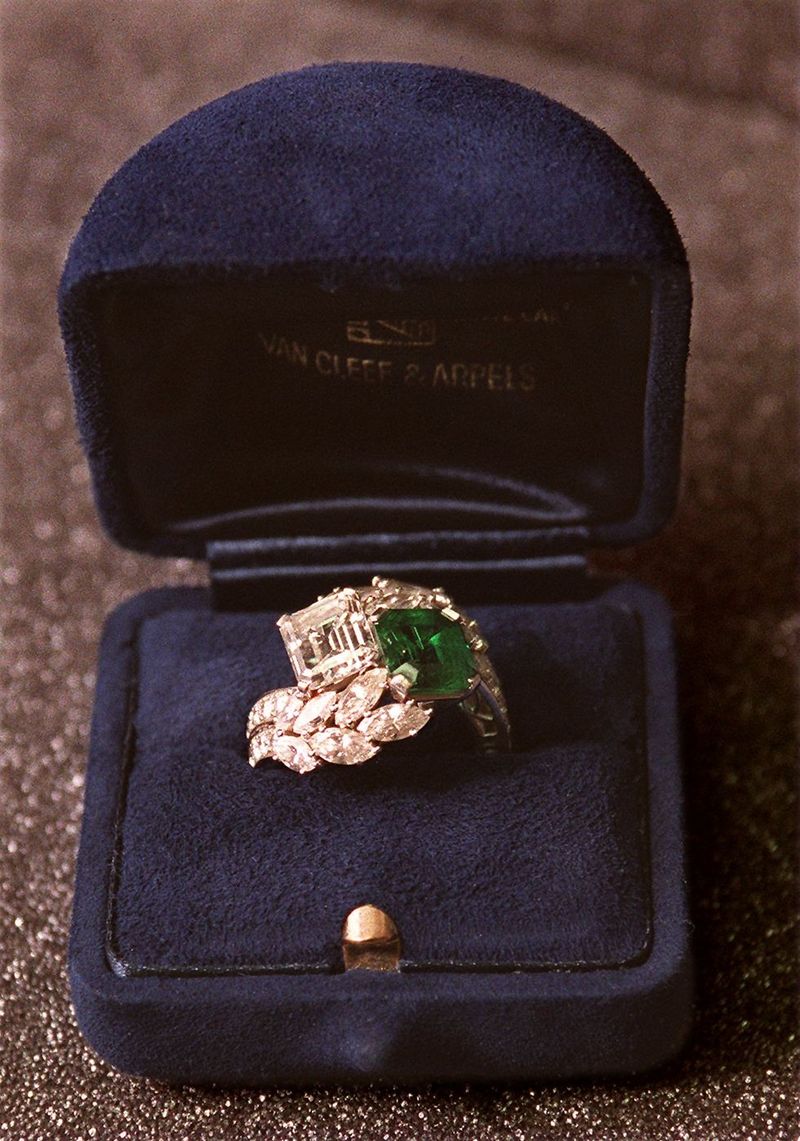
1953
The public took an interest in Jacqueline Kennedy long before she was the First Lady of the United States. In fact, her engagement ring from John F. Kennedy had a huge influence on engagement ring trends. The elaborate Van Cleef & Arpels ring was fitted with both an emerald cut diamond and emerald stone, nestled together with a leaf-shaped set of diamonds.
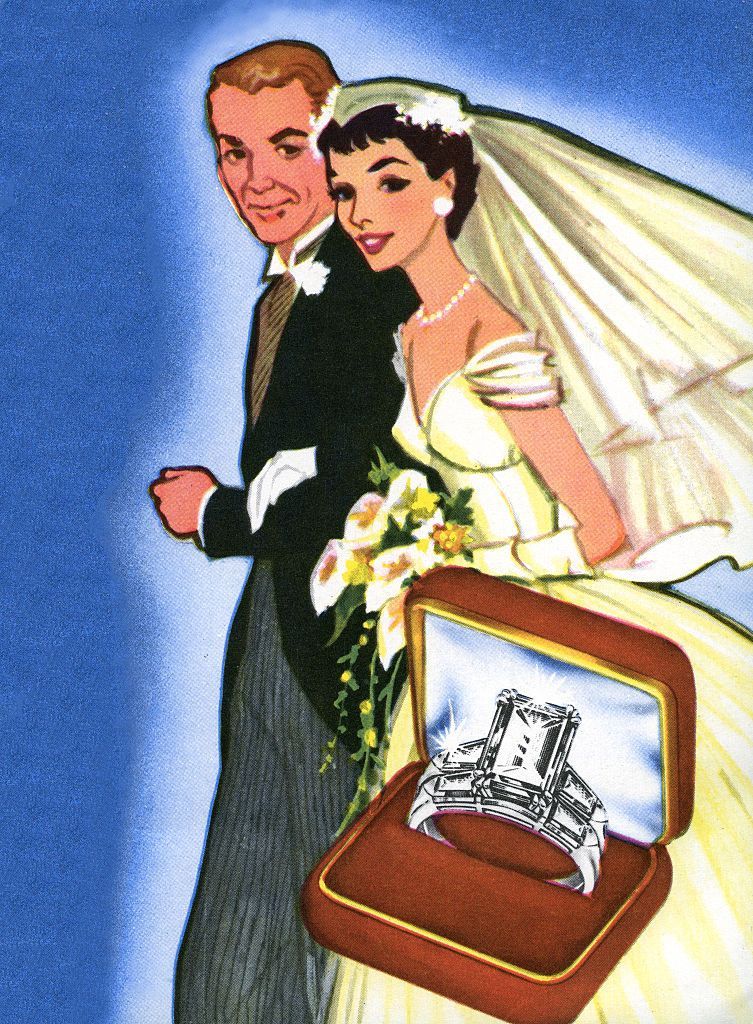
1954
It's no coincidence that the models in this 1950s jewelry ad look identical to JFK and Jackie on their wedding day. Their nuptials reignited an interest in glamour, starting with the popularity of the emerald cut engagement ring.
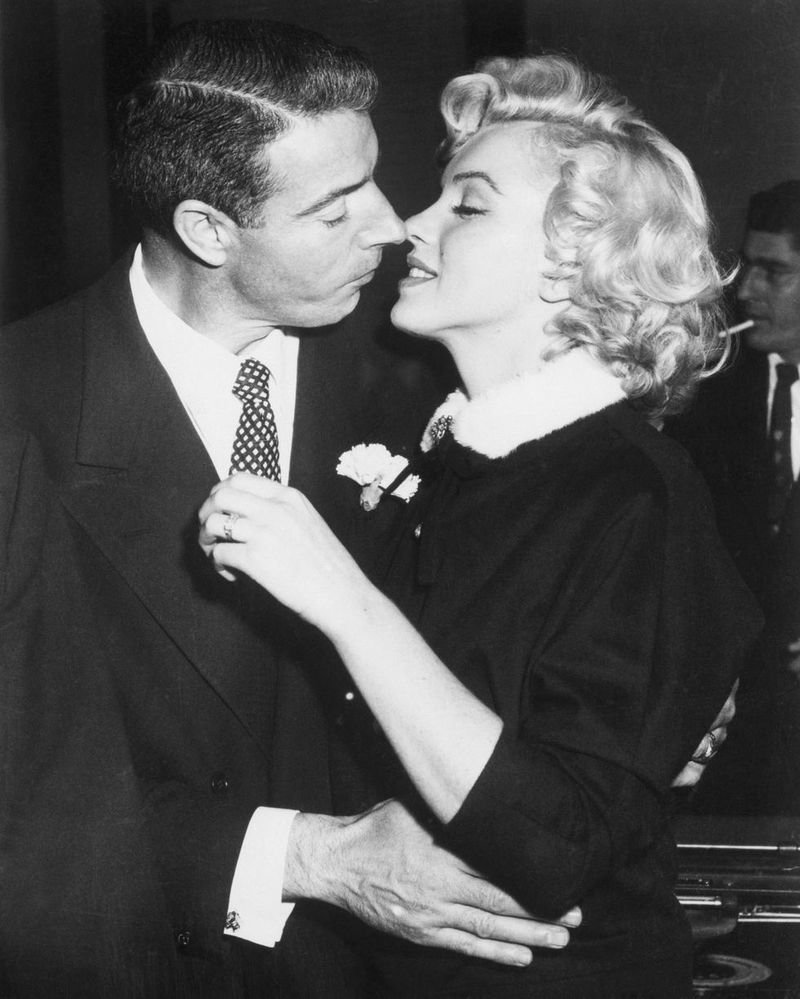
1955
After a simple courthouse ceremony, Joe DiMaggio sealed his nuptials to Marilyn Monroe with a diamond eternity band. The engagement ring, set in platinum and fitted with 36 baguette cut diamonds, was a huge trendsetter.
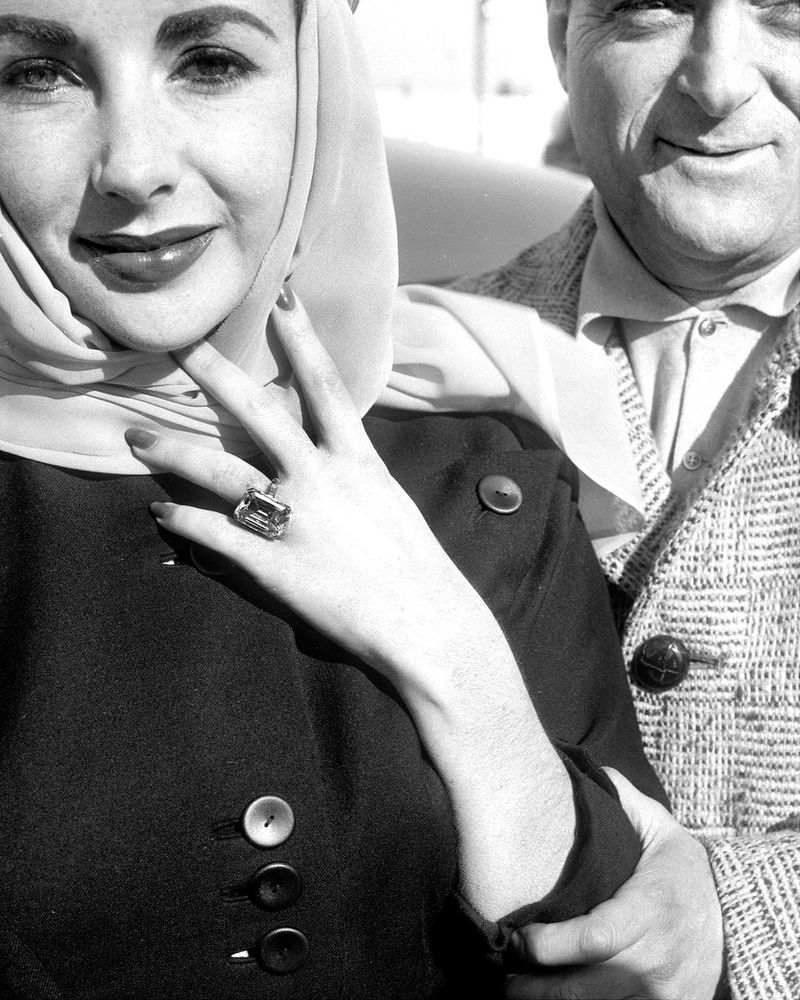
1957
Elizabeth Taylor's third husband, Mike Todd, set himself apart from the actress's former husbands with a 29.4 carat emerald cut engagement ring from Cartier. The piece cemented an ongoing obsession with emerald cut rings, which would continue into the '60s.
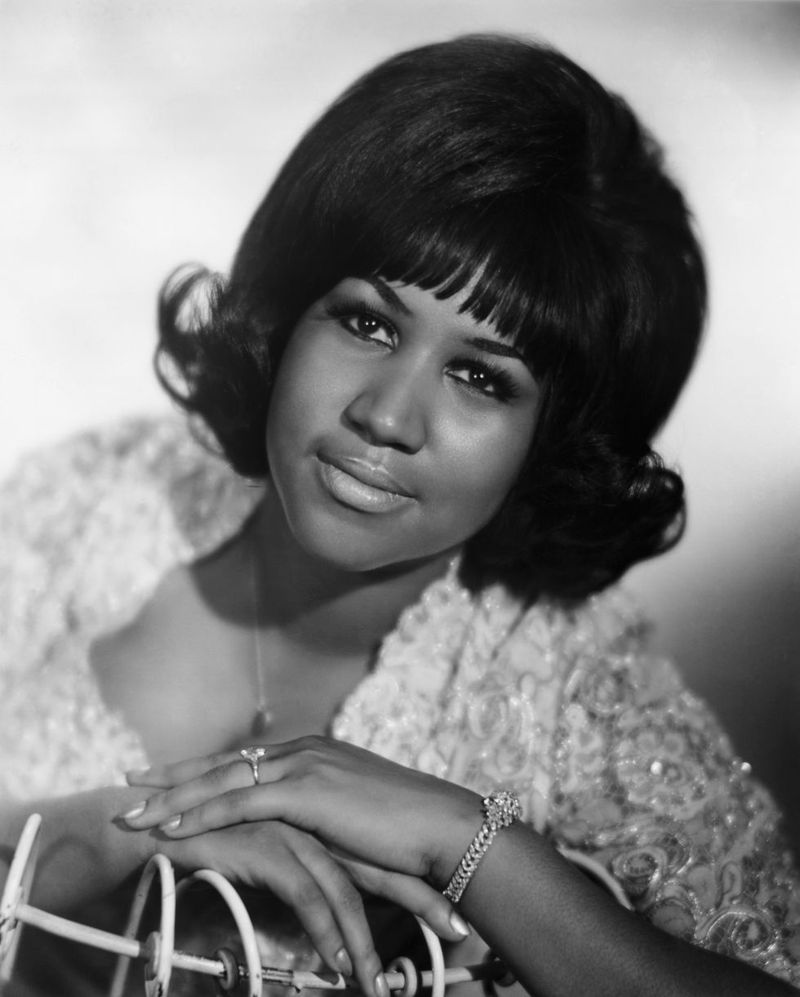
1960
The '60s were all about showcasing bright and shiny diamonds, and as a result, simple silhouettes became more popular for their modern look. Aretha Franklin's engagement ring from Ted White shows off the chic simplicity of this trend.
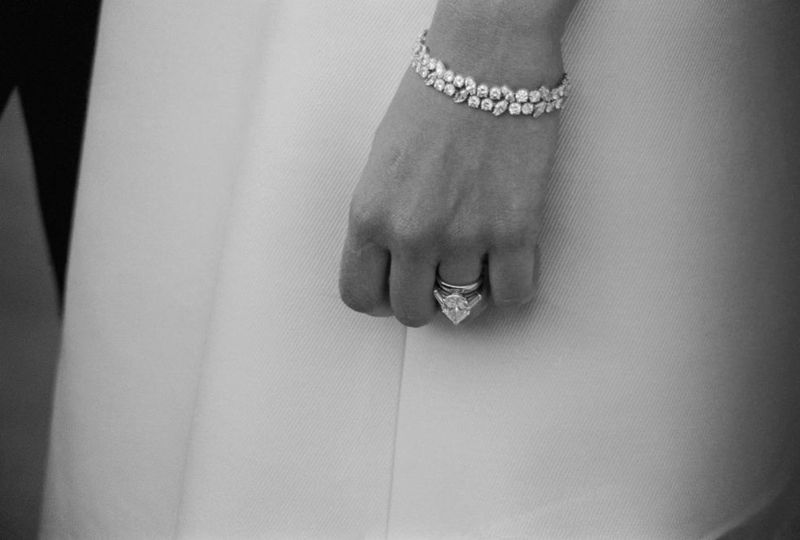
1966
When Frank Sinatra proposed to Mia Farrow, the singer was prepared with a 9 carat solitaire pear-shaped diamond set in tapered baguettes. Although the couple's marriage only lasted two years, the resurgence of pear-shaped diamonds took off throughout the next decade.
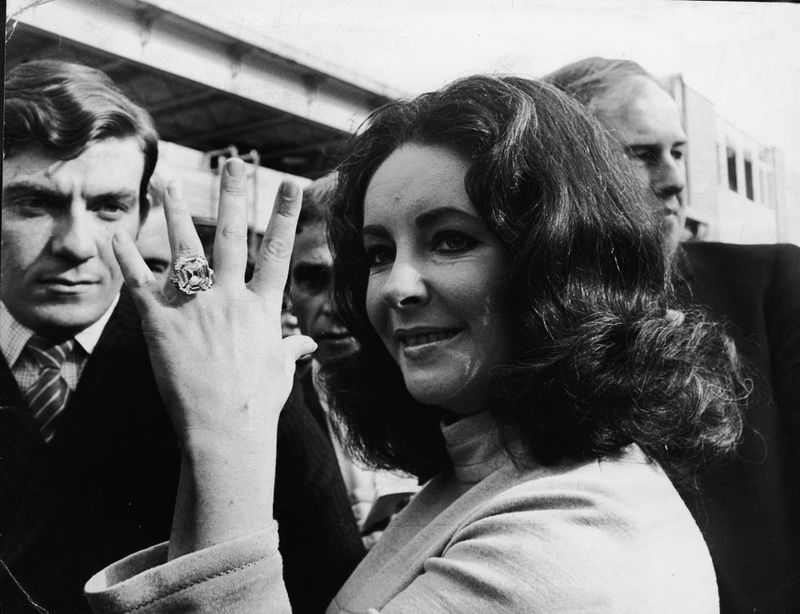
1968
How does someone propose to a woman who's been married four times? With a 39.19 carat Asscher cut diamond. Elizabeth Taylor's ring, which is known as the Krupp diamond, sparked a trend of grandiose, over-the-top engagement rings.

1970
Angular and geometric cut rings took off in popularity during the '70s, making the uniqueness of a ring more important than its size. Jackie Kennedy Onassis's marquise-shaped ring, given to her by her second husband, Aristotle Onassis, quickly became a trendsetting piece.

1973
Although the princess cut diamond first began circulating in the '60s, it was in the '70s that the style really took off. The look of the square diamond was either worn as a solitaire or with tapered baguettes to the side.
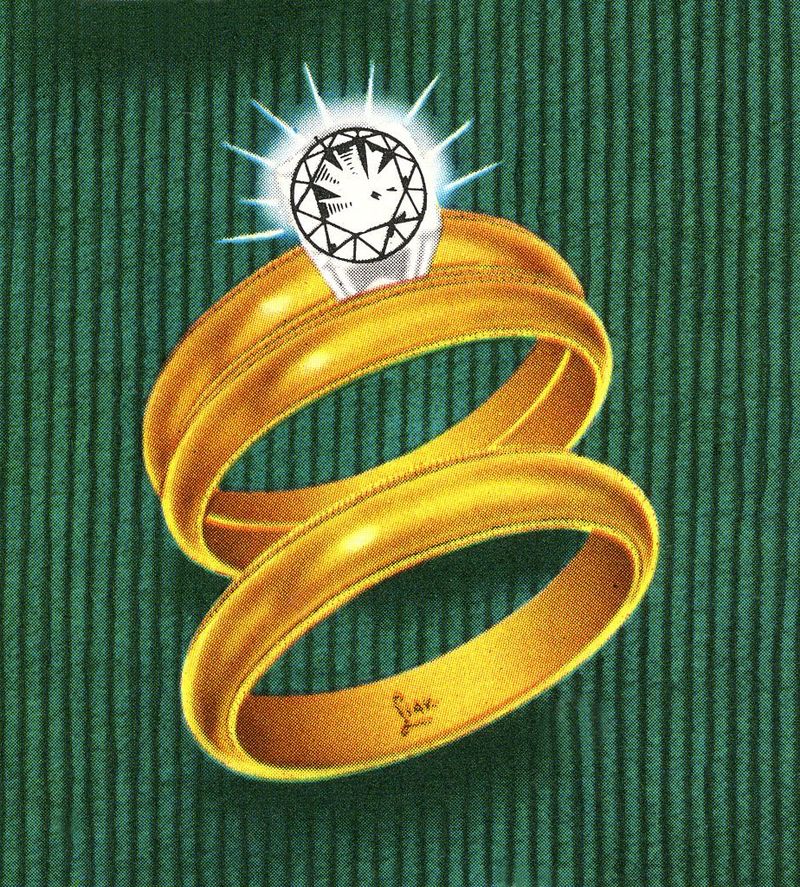
1975
As people began taking a more personalized approach to their rings, it became common for the bride and groom to design matching wedding sets. Jewelers could sell you a matching wedding band to your engagement ring, as well as a band for your husband.
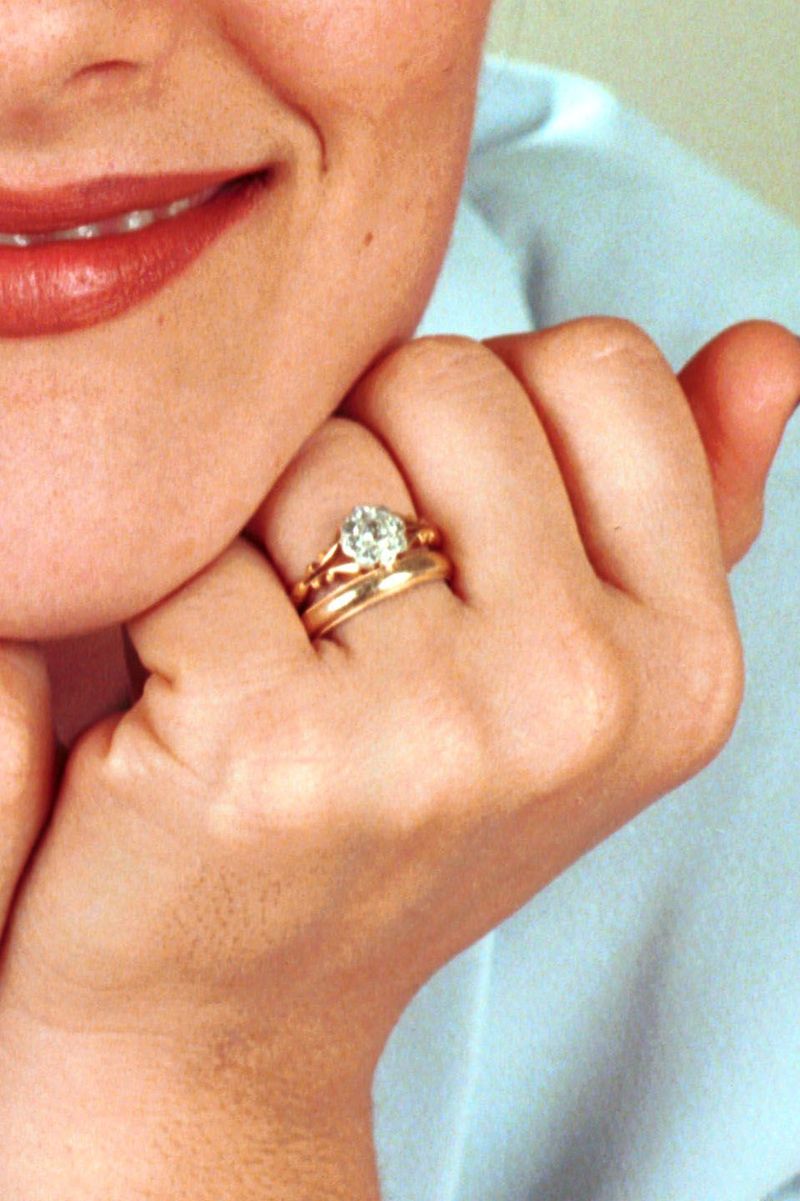
1980
Yellow gold had its shining moment in the 1980s. The metal became the go-to setting for bands during the decade.
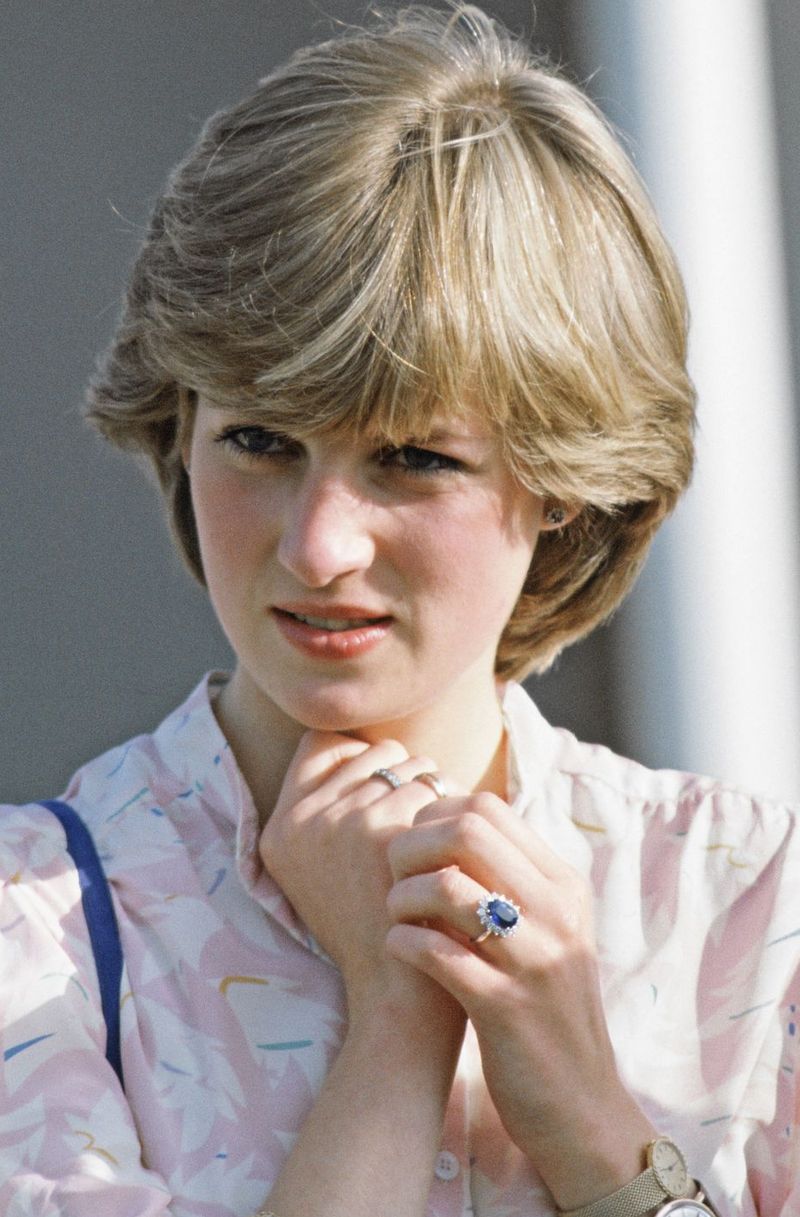
1982
Princess Diana picked her sapphire and diamond cluster ring out of a Garrard catalog. Little did she know she'd be sparking an industry-wide trend. Not long after the royal-to-be debuted her sparkler on the lawn of Buckingham Palace, colored stone engagement rings started to make a huge comeback.
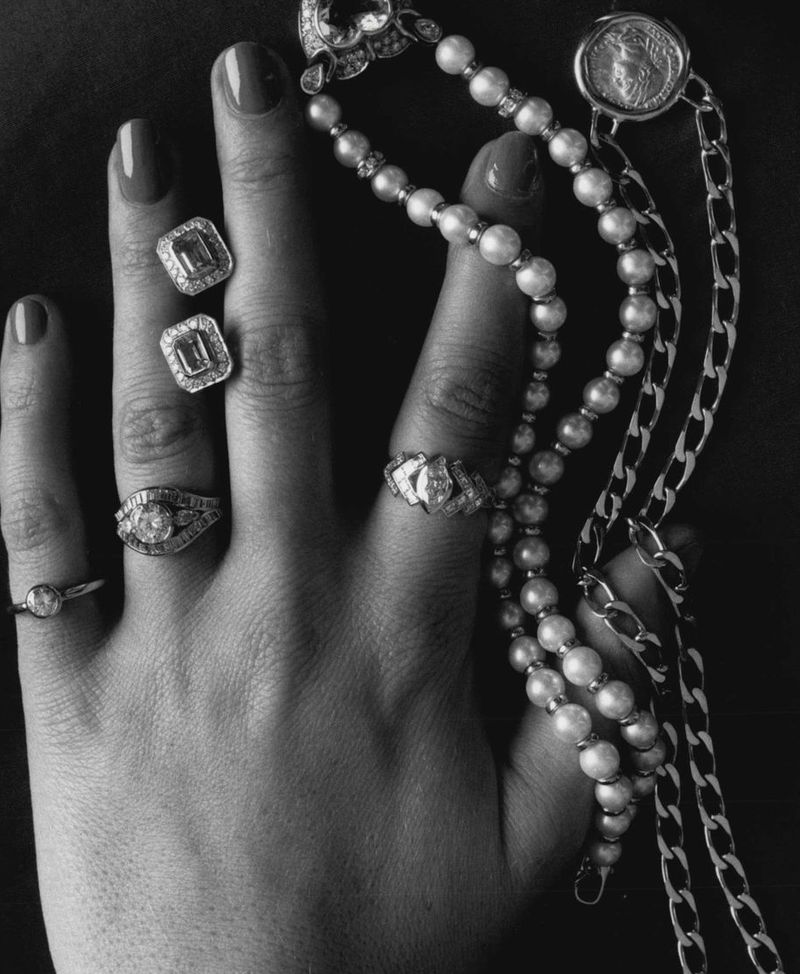
1985
The '80s were all about excess. From unique finishing touches and tapers to side stones and baguettes, engagement rings were far from simple during this time.
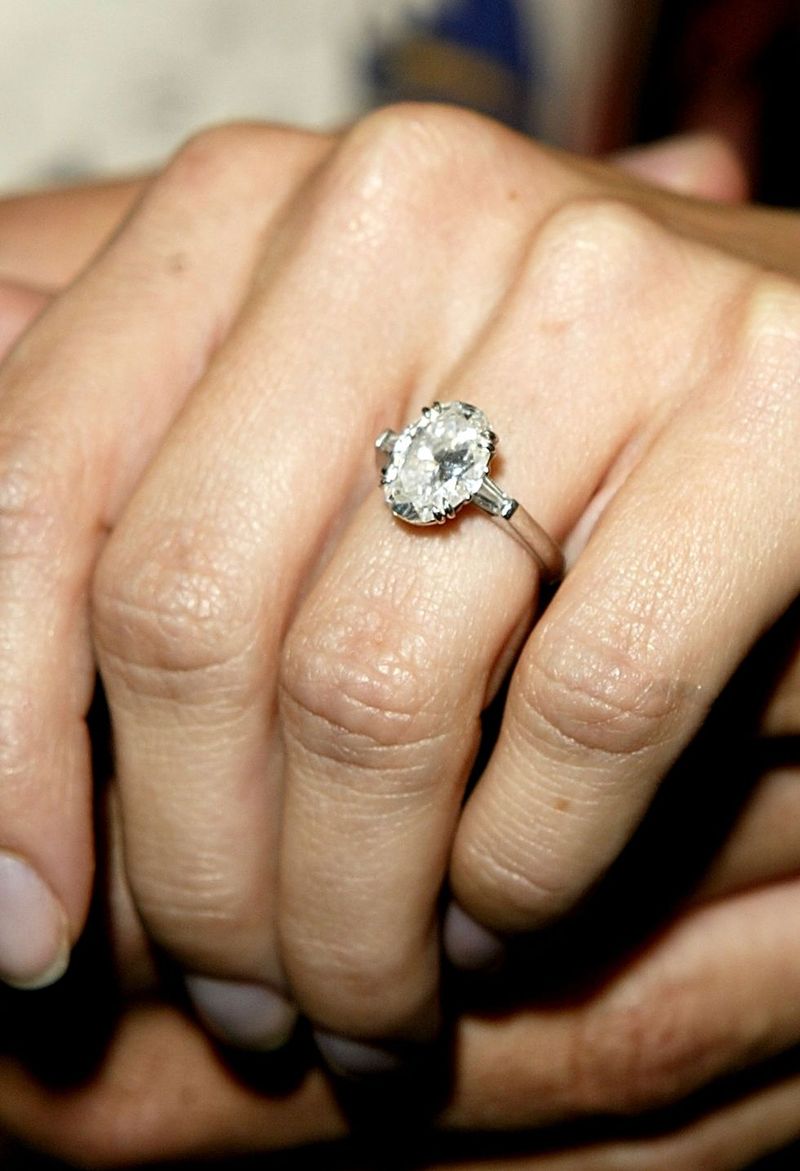
1990
By 1990, the minimalist trend was back. Settings made in yellow and 24-carat gold were out and cooler metals, like platinum and white gold, were in.
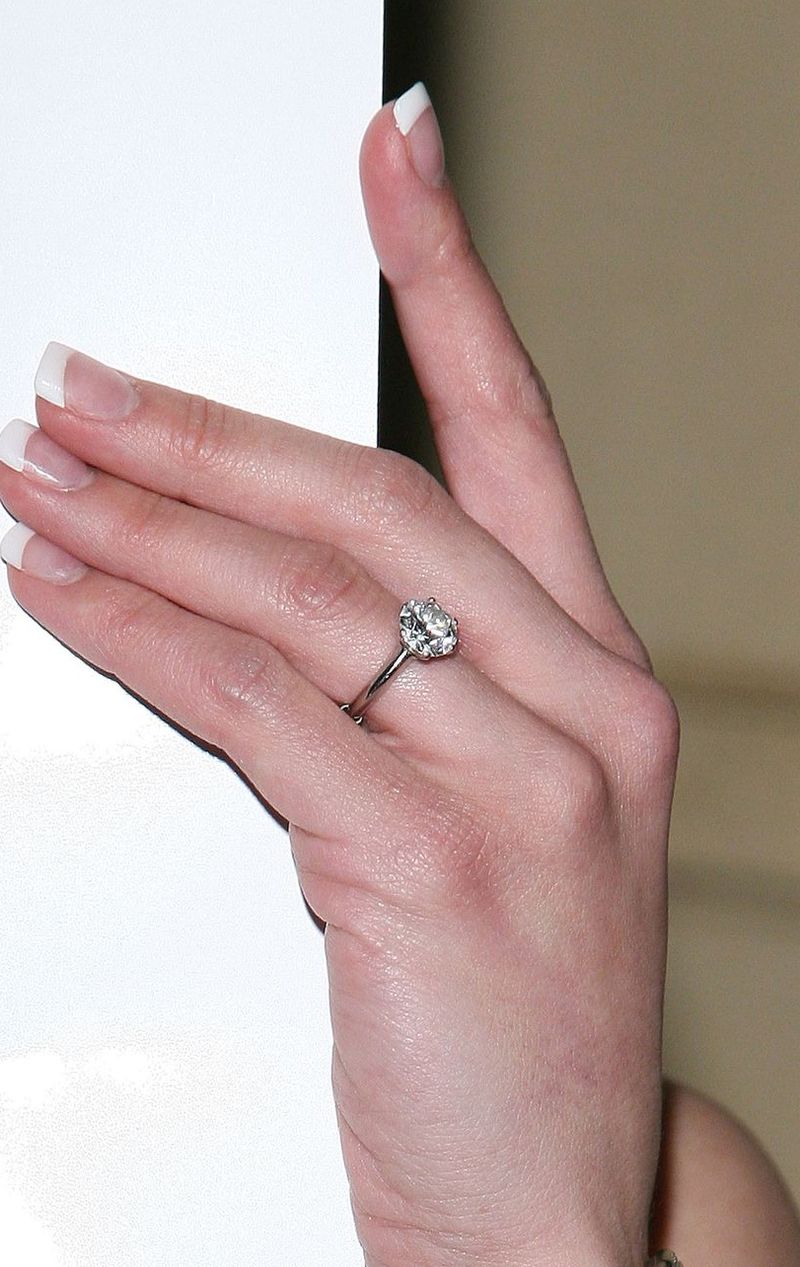
1995
Since simplicity was so popular during the '90s, it's no surprise that the round solitaire diamond was a very common design.
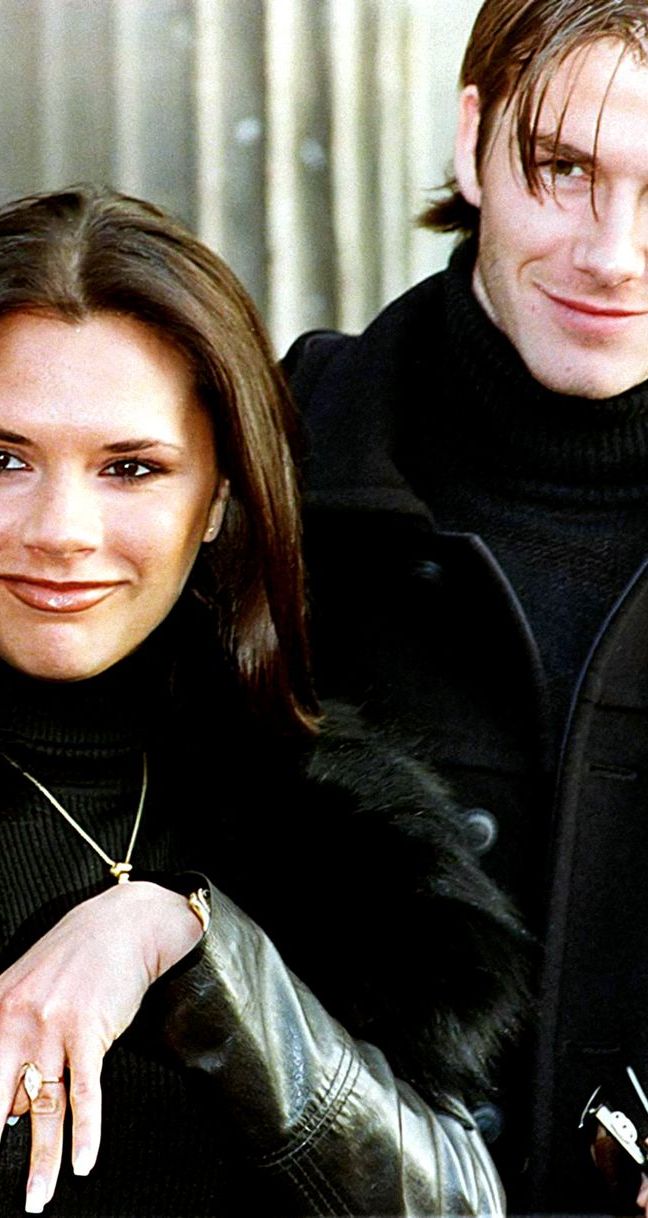
1998
The marquise cut (a.k.a. the football-shaped cut) had a major moment in the late '90s, when Victoria Beckham revealed her engagement ring from David Beckham.
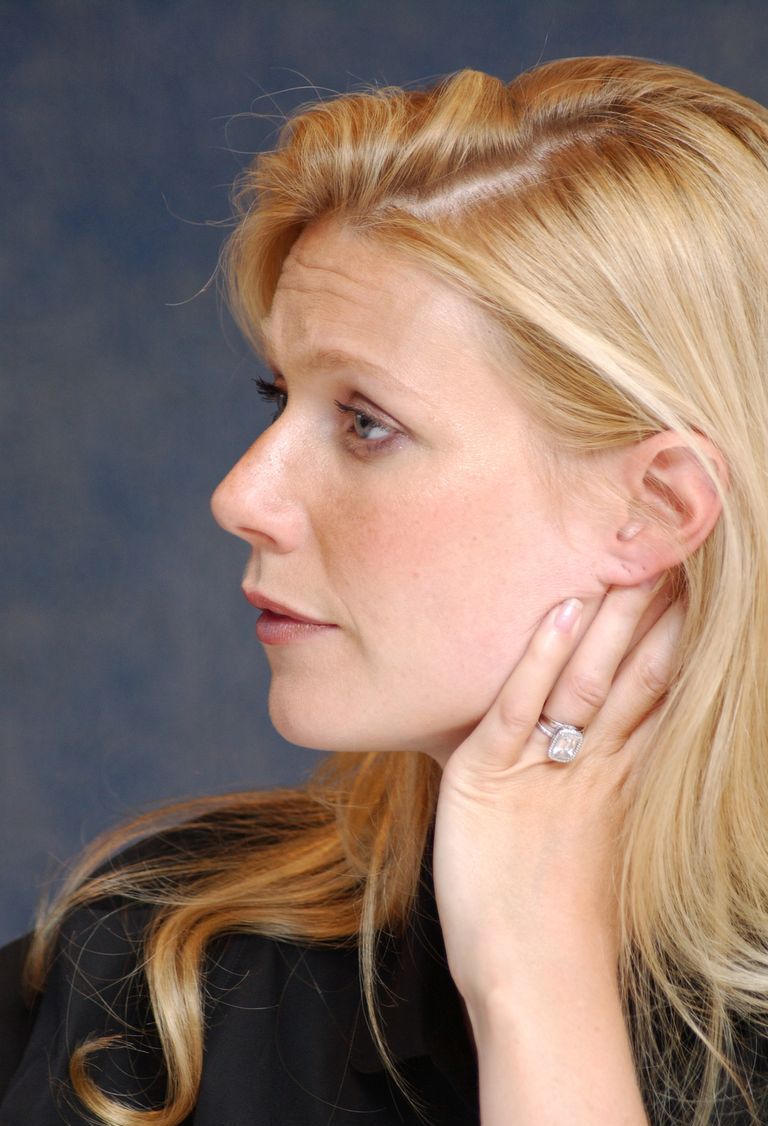
2000
The biggest trend to emerge in the new millennium was halo rings. This style features radiant or cushion cut stones surrounded by a "halo" of pavé diamonds for an extra dose of sparkle.
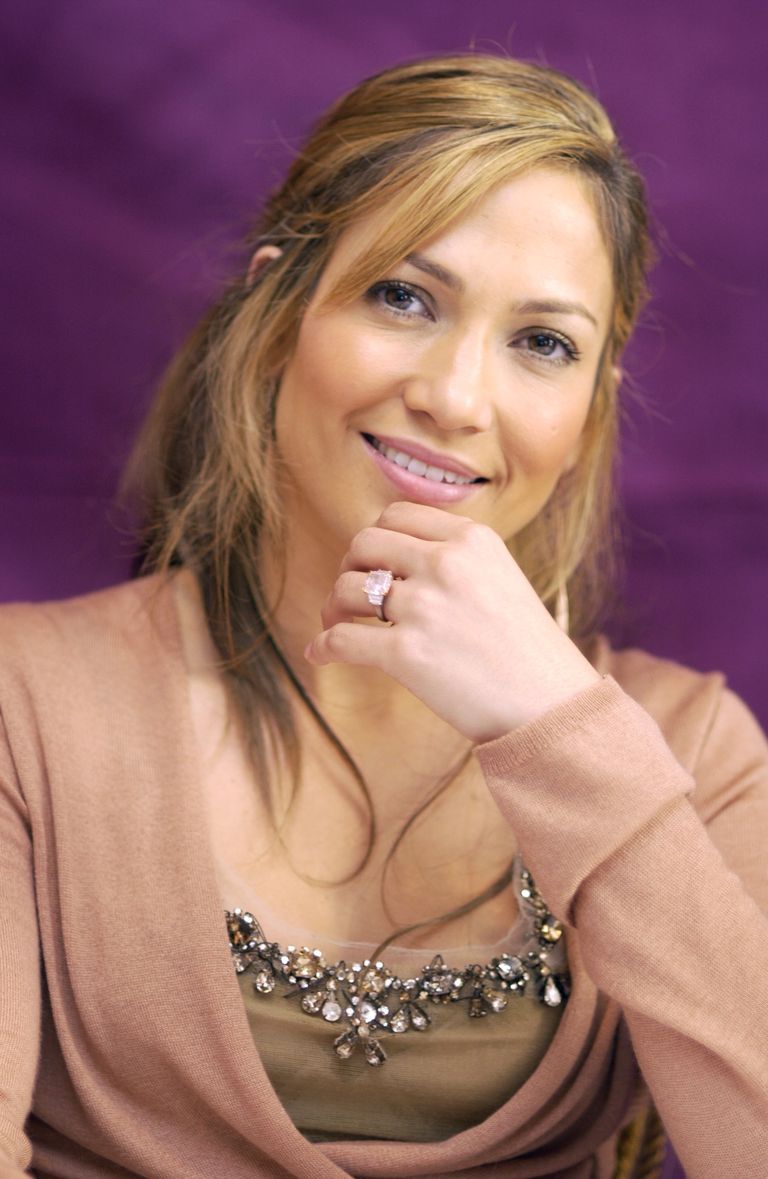
2002
Ben Affleck cased a frenzy in 2002 when he proposed to J.Lo with a 6.10 carat pink Harry Winston diamond. Sadly, the trend for colored diamonds, like J.Lo's or Paris Hilton's canary diamond, outlasted both star's engagements.
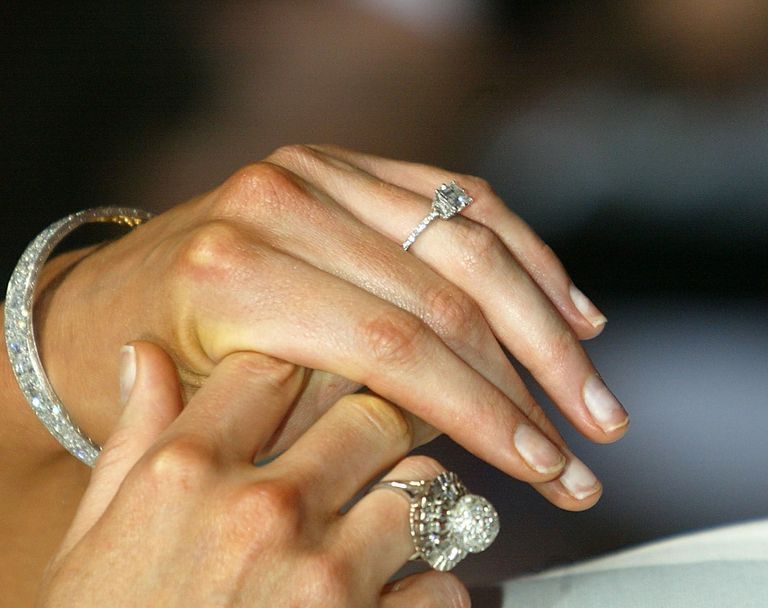
2005
The simple solitaire engagement ring got a makeover when pavé bands were in style in 2005. Sometimes, the band was accompanied by a pavé halo, because, well, more bling.
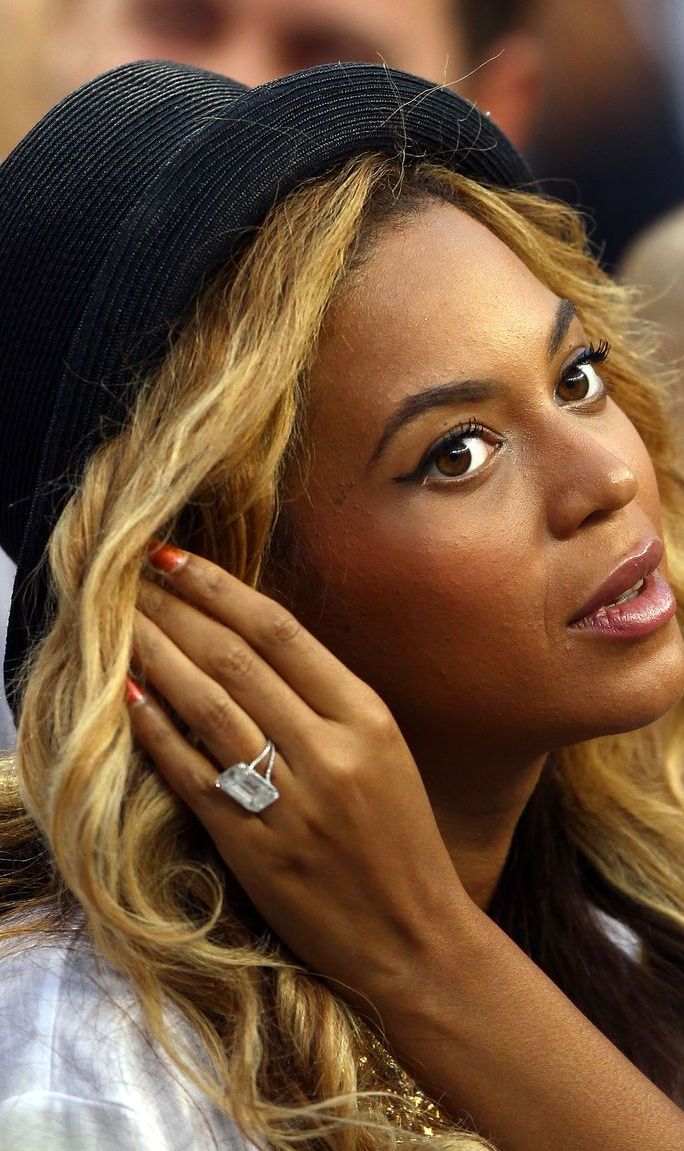
2008
It didn't matter if it was an 18 carat stunner like Beyoncé's emerald cut ring or a modest solitaire diamond, double bands added a little something extra in the mid-2000s.
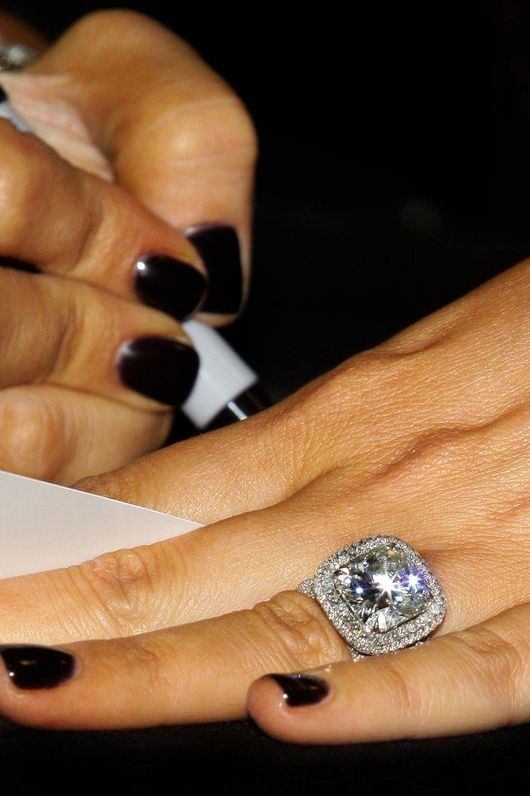
2009
Radiant cuts became popular in the late 2000s, especially when paired with a sparkling halo like Khloé Kardashian's here. Similar styles, like the cushion cut, were also common during this time.
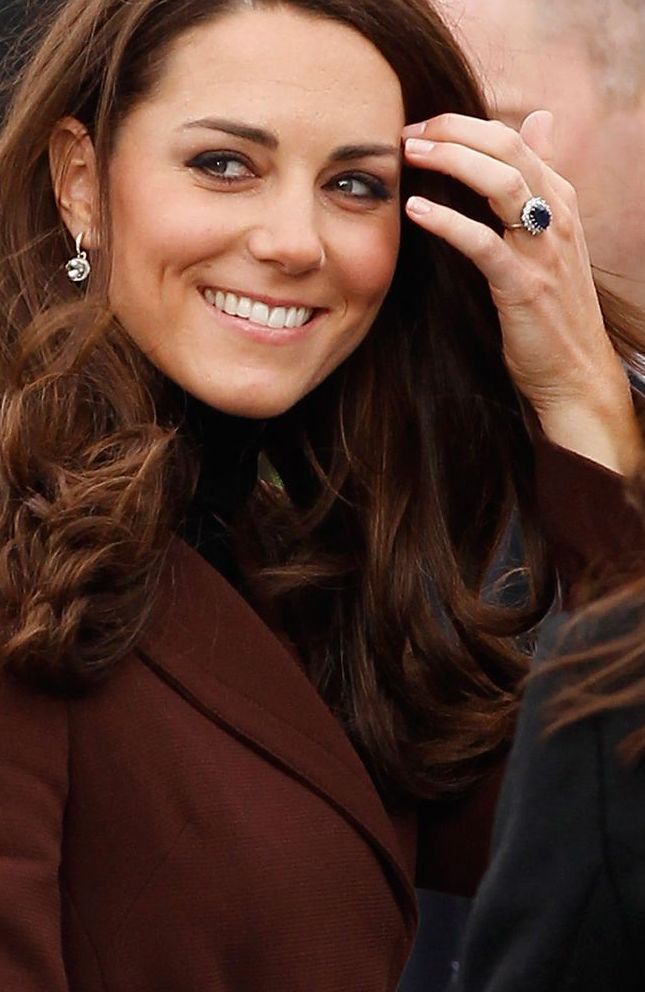
2010
Almost 30 years after it was gifted to Princess Diana, Prince William proposed to Kate Middleton with his late mother's engagement ring. The same sapphire and diamond cluster ring that sparked a phenomena in the 1980s caused a resurgence of engagement rings featuring colored gems.
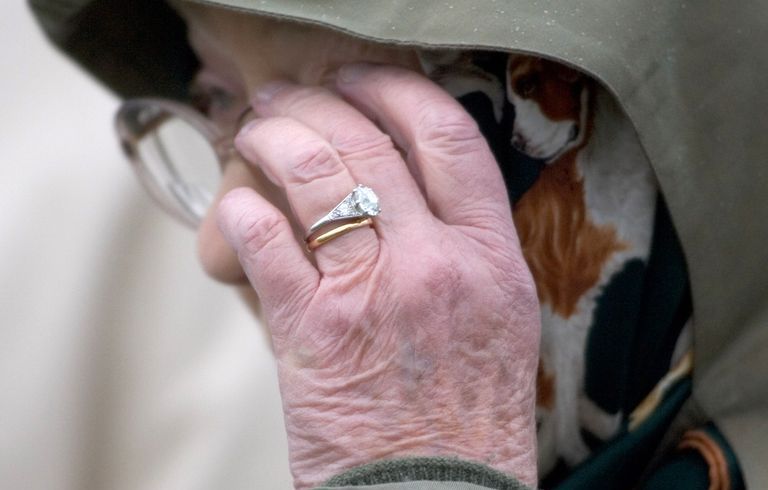
2015
It only became common to match your engagement ring and wedding band in the past few decades. Recently brides have started mixing metals again, as a nod to retro looks, like Queen Elizabeth's gold wedding band and platinum engagement ring.
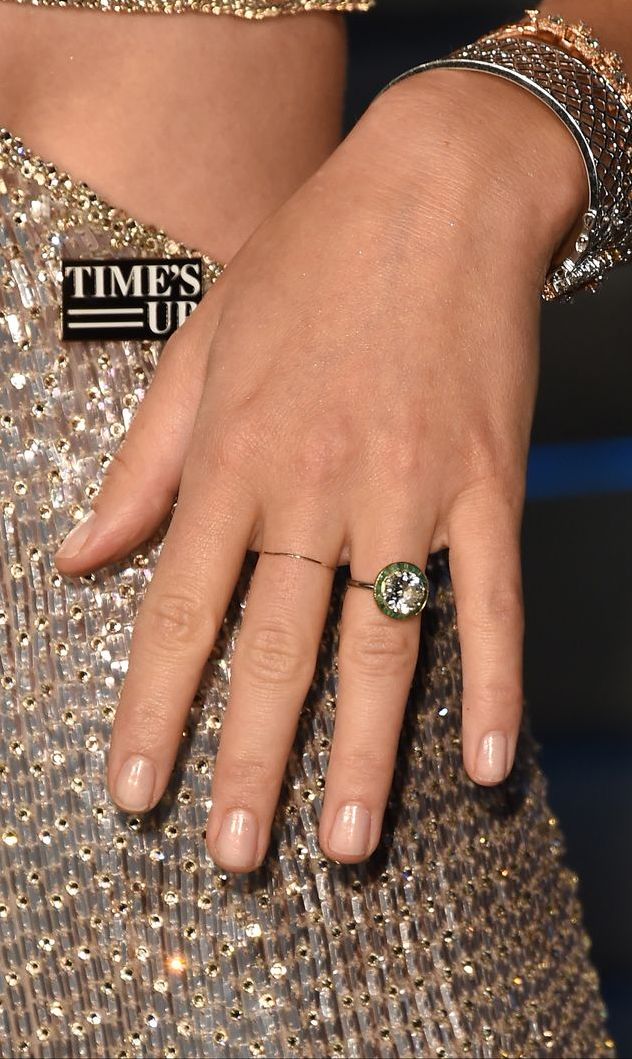
2016
With the reality of diamond mining at the forefront of people's minds, the task of seeking ethically sourced and conflict-free stones has never been more relevant. In recent years, many brides have opted for antique engagement ring for this reason, which has resulted in a resurgence of vintage styles.
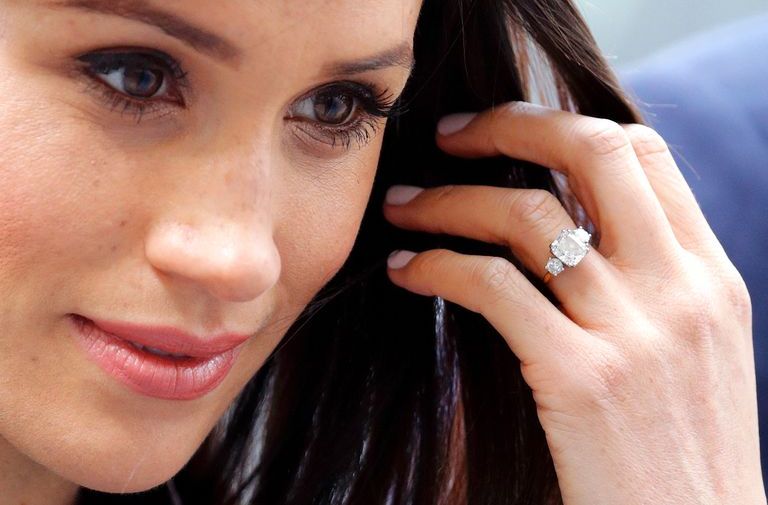
2017
Prince Harry chose a Botswana diamond flanked by two smaller diamonds from Princess Diana's private collection when he proposed to Meghan Markle in 2017. The three-stone ring created a new interest in the style, which hasn't been popular since the '80s.
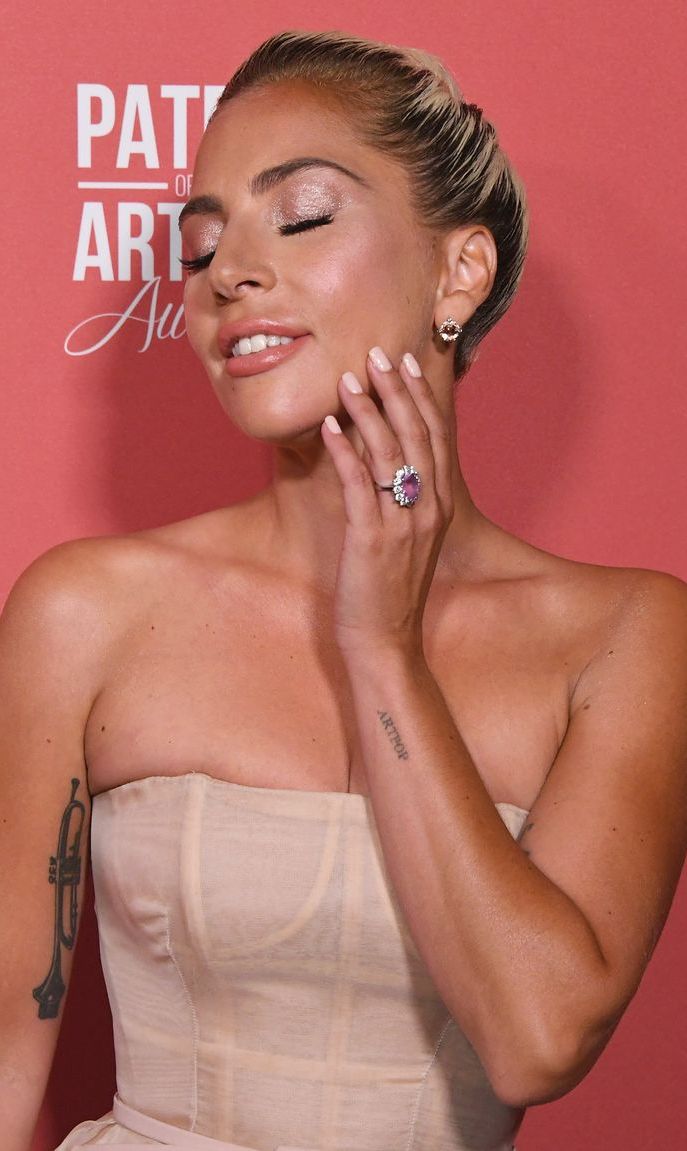
2018
From Lady Gaga's pink sapphire cluster ring to Katy Perry's ruby flower design, it's clear that celebrities love the colored stone trend.
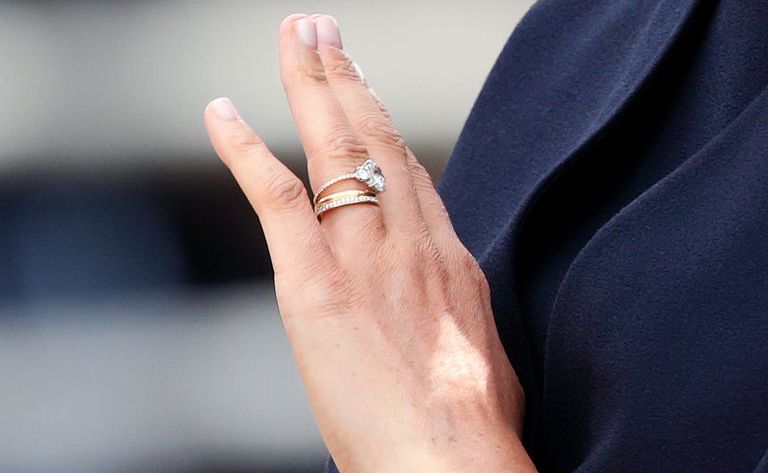
2019
Stackable rings have become popular in recent years, which was evident after Meghan Markle revealed a third band at the 2019 Trooping the Colour. Many women are choosing thinner wedding bands so that they can add an eternity band later, representing future life milestones, like the birth of a child or an anniversary.
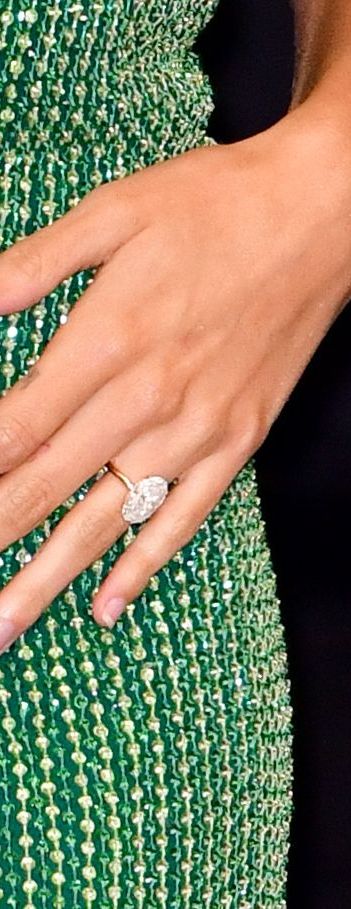
2020
The biggest trend in 2020 is large oval-shaped solitaire stones on a thin band—either pavé or plain. The simple band lets the diamond stand on its own, which is especially stunning if your diamond is between 6 to 8 carats, like Hailey Bieber's.
Stay In The Know
Get exclusive access to fashion and beauty trends, hot-off-the-press celebrity news, and more.
-
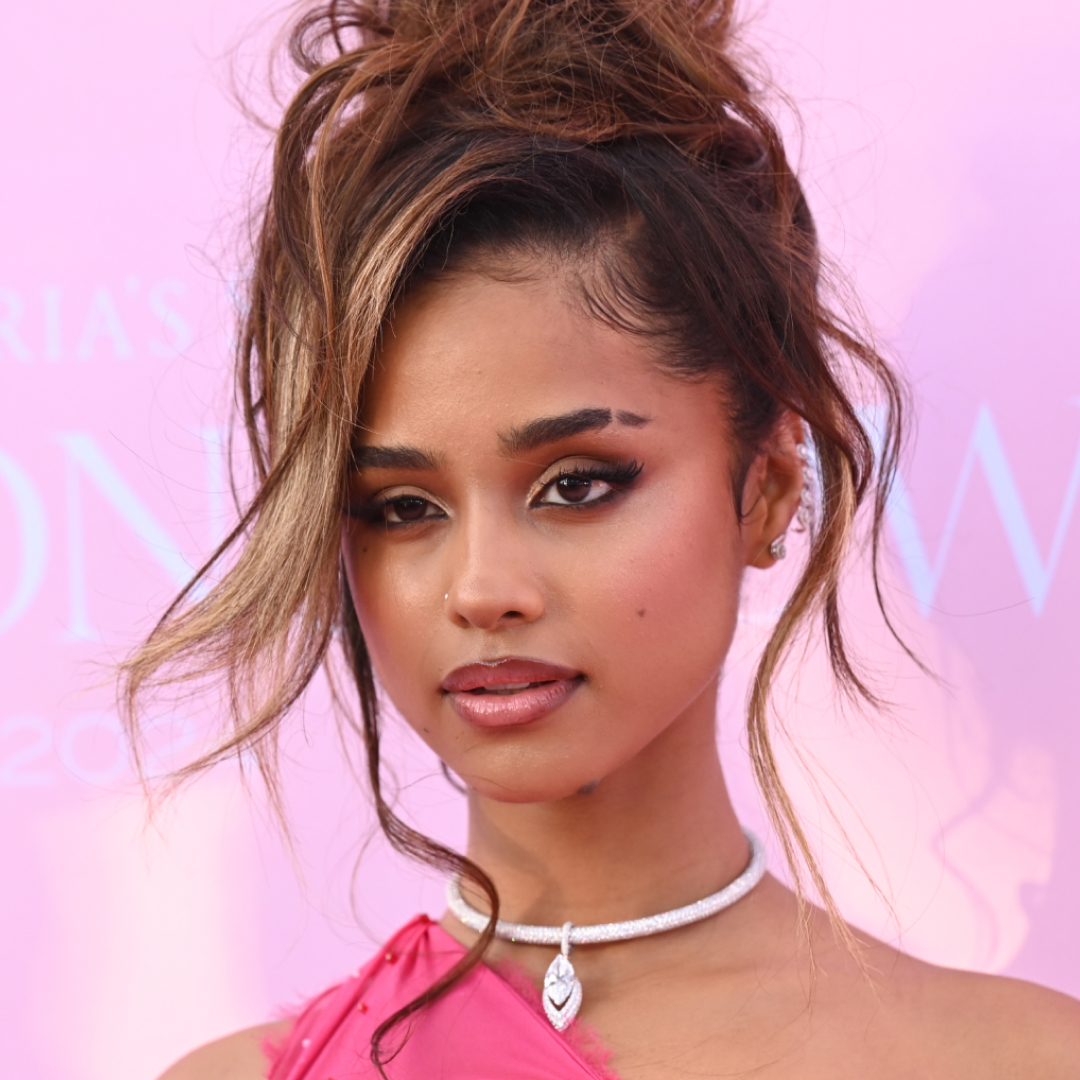 Tyla's Coachella Outfit Pairs Dolce & Gabbana With Pandora
Tyla's Coachella Outfit Pairs Dolce & Gabbana With PandoraThe singer wore a gold version of the crystal bra made famous by Aaliyah.
By Amy Mackelden Published
-
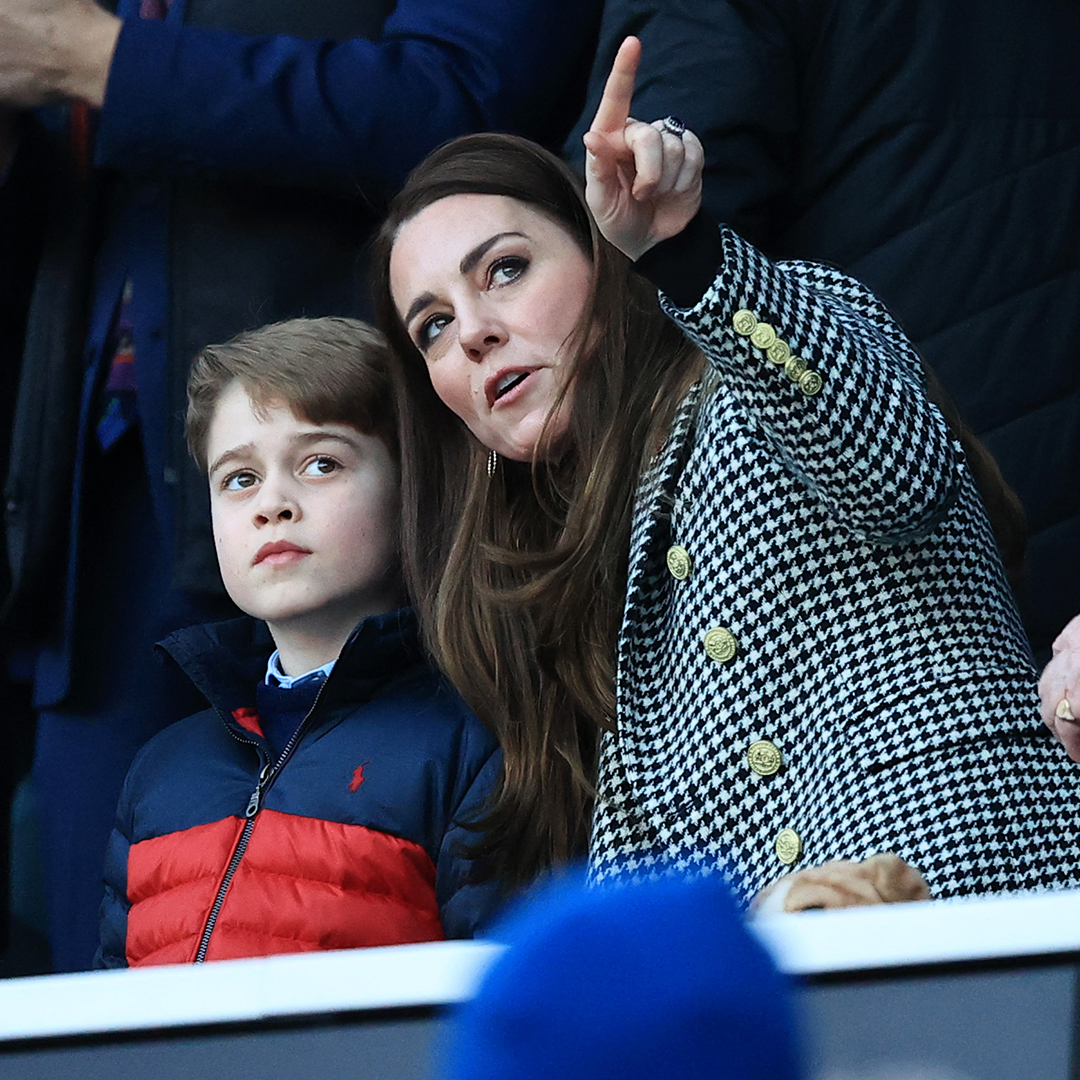 How Kate Middleton Is Influencing George's Fashion Choices
How Kate Middleton Is Influencing George's Fashion ChoicesThe future king's smart blazer is straight out of Princess Kate's style playbook.
By Amy Mackelden Published
-
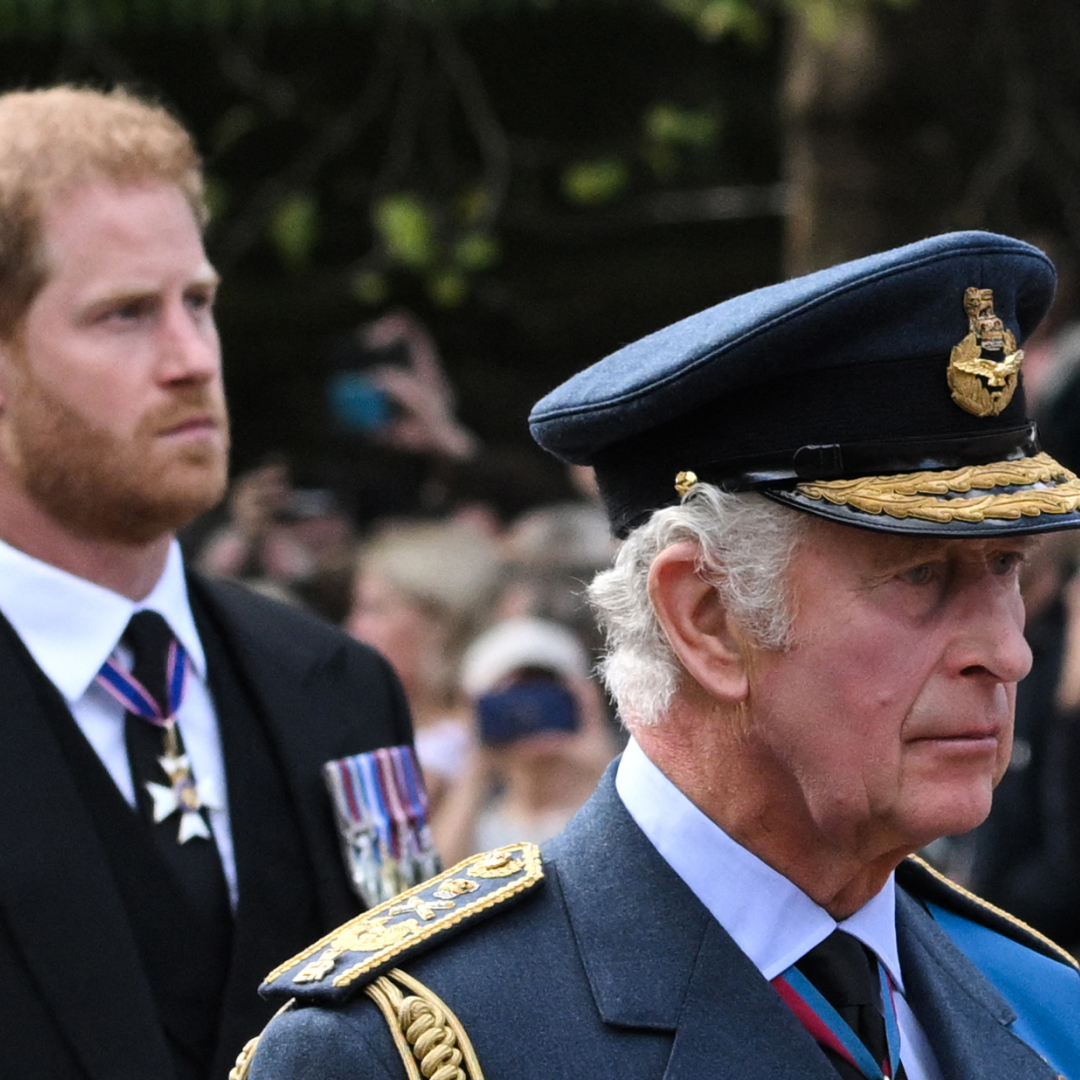 King Charles "Couldn't" Meet Prince Harry During U.K. Visit
King Charles "Couldn't" Meet Prince Harry During U.K. Visit"It could actually bring down a court case."
By Amy Mackelden Published
-
 Florence Pugh Is the Lingerie Dressing Trend's Poster Girl in a See-Through Stella McCartney Mini Dress
Florence Pugh Is the Lingerie Dressing Trend's Poster Girl in a See-Through Stella McCartney Mini DressShe loves a see-through look.
By Lauren Tappan Published
-
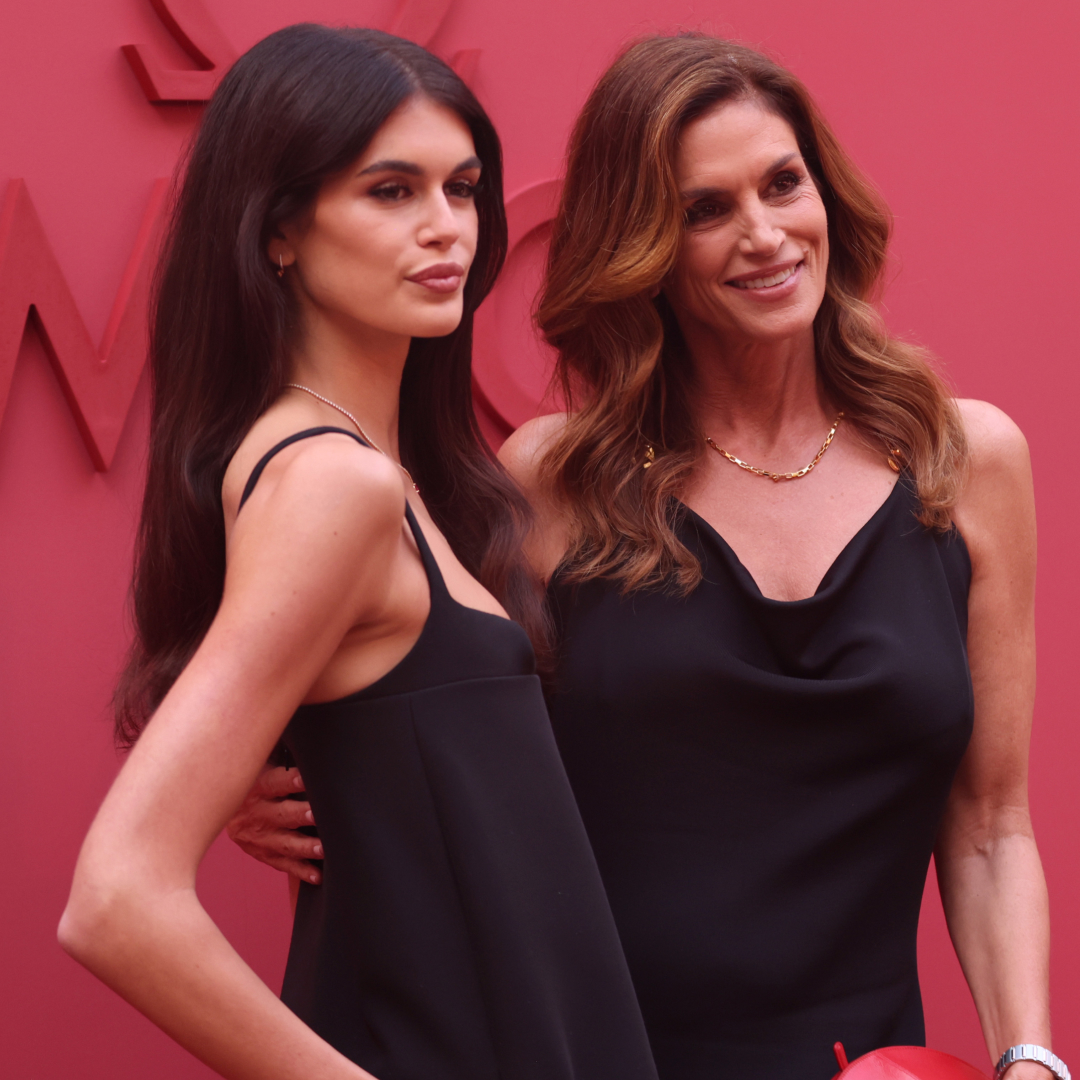 Cindy Crawford and Kaia Gerber Match in Little Black Dresses With Individual Twists
Cindy Crawford and Kaia Gerber Match in Little Black Dresses With Individual TwistsThe two looked nearly identical while attending the Broadway premiere of ‘Good Night, and Good Luck.’
By Lauren Tappan Published
-
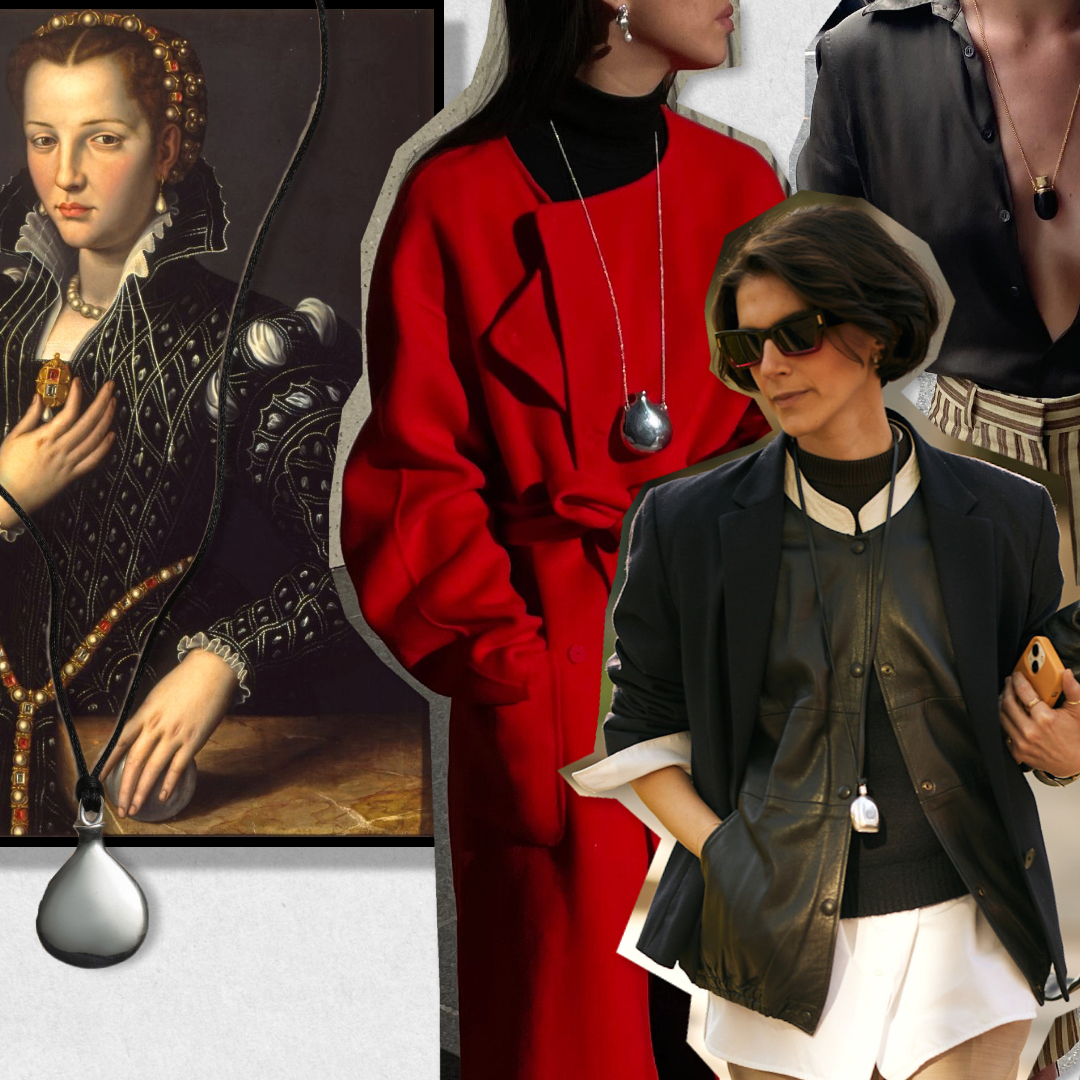 Victorian-Era Perfume Bottle Necklaces Will Be Your New Favorite Conversation Starter
Victorian-Era Perfume Bottle Necklaces Will Be Your New Favorite Conversation StarterYou'll look just as great as you smell.
By Emma Childs Published
-
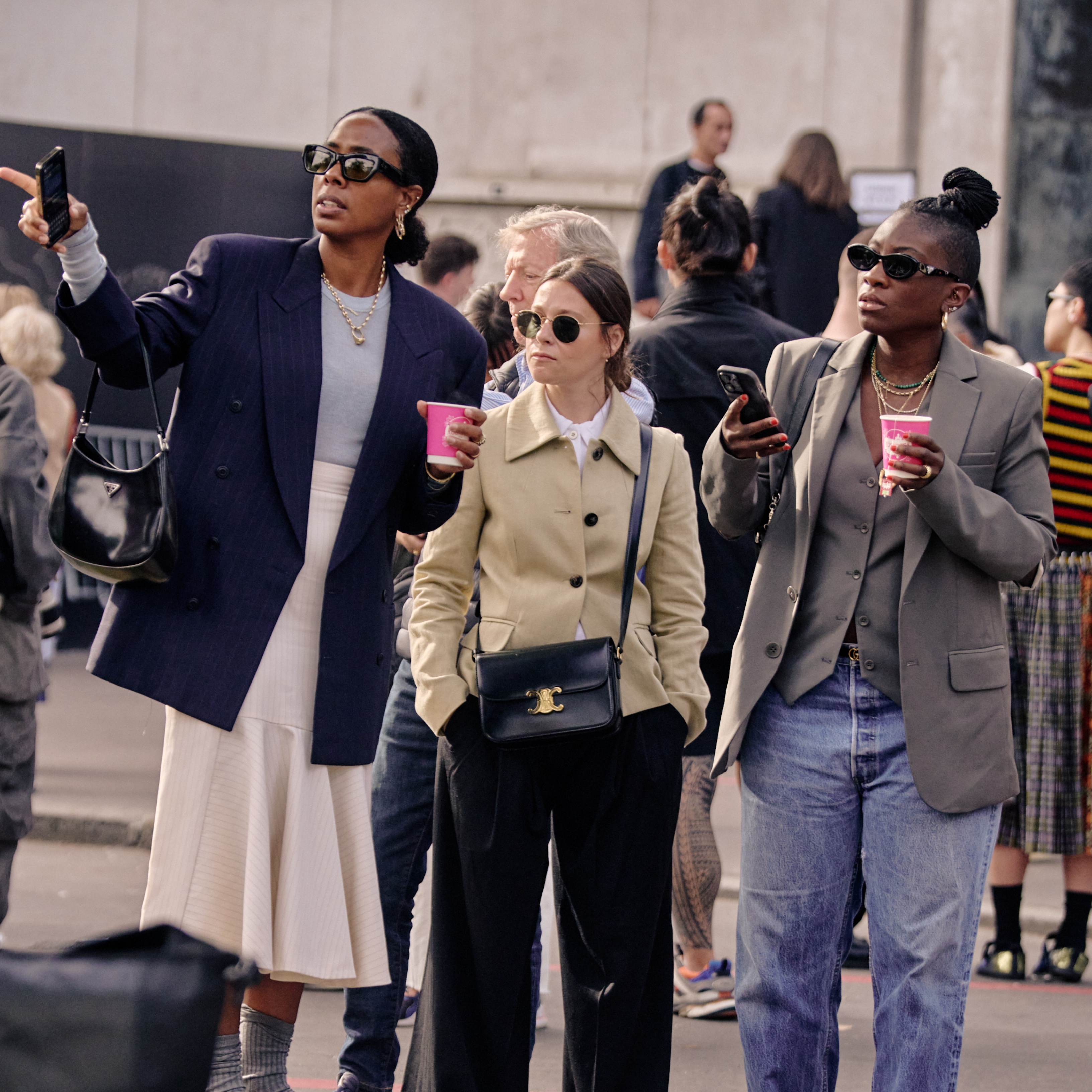 Marie Claire Editors Are Obsessed With This Cult-Favorite Sale
Marie Claire Editors Are Obsessed With This Cult-Favorite SaleSSENSE has everything a fashion enthusiast could ever want.
By Lauren Tappan Published
-
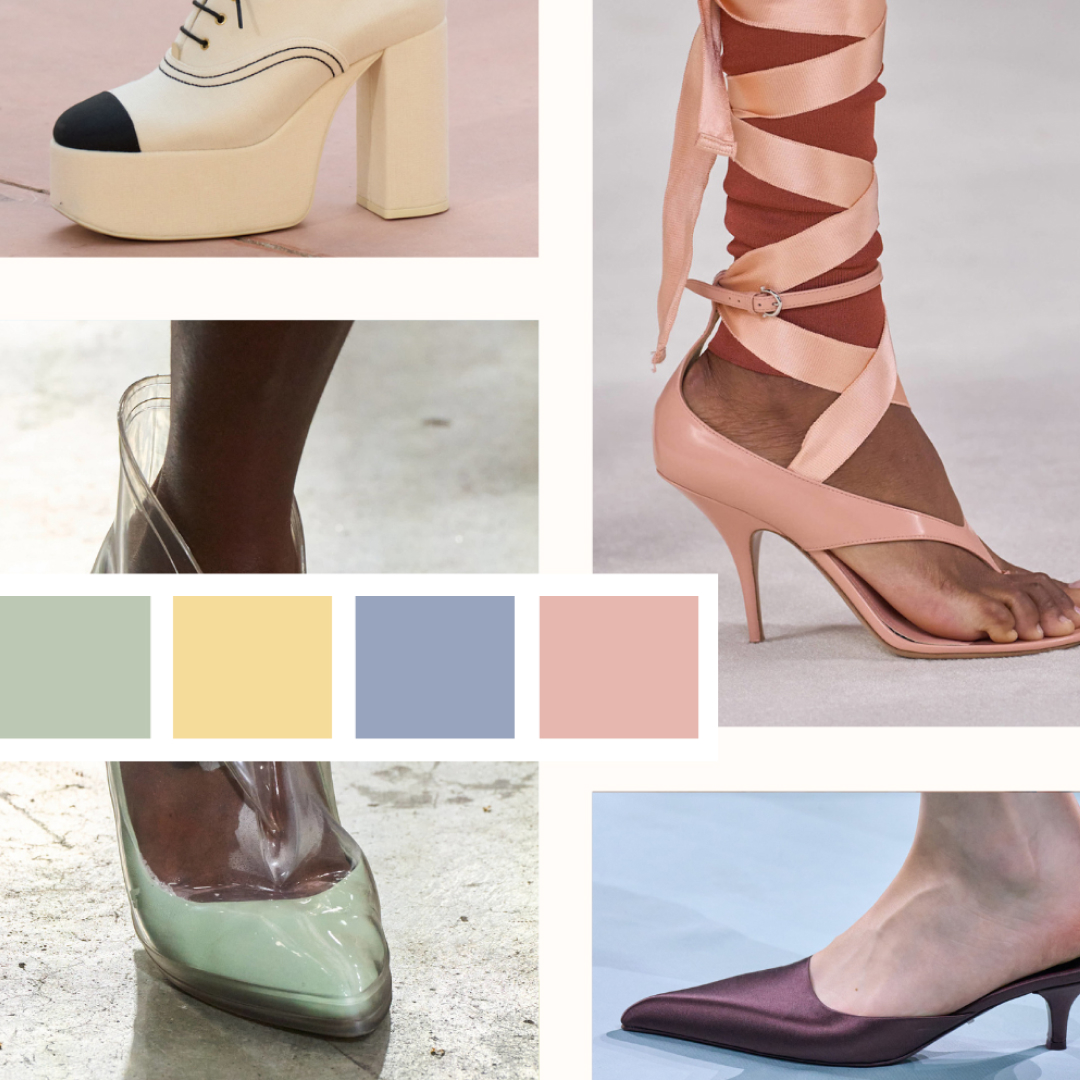 Spring 2025's Candy-Coated Shoe Color Trends Prove Neutrals Are Overrated
Spring 2025's Candy-Coated Shoe Color Trends Prove Neutrals Are OverratedBold pastels and sugar-sweet hues promise to overtake your boring shoe lineup.
By Lauren Tappan Published
-
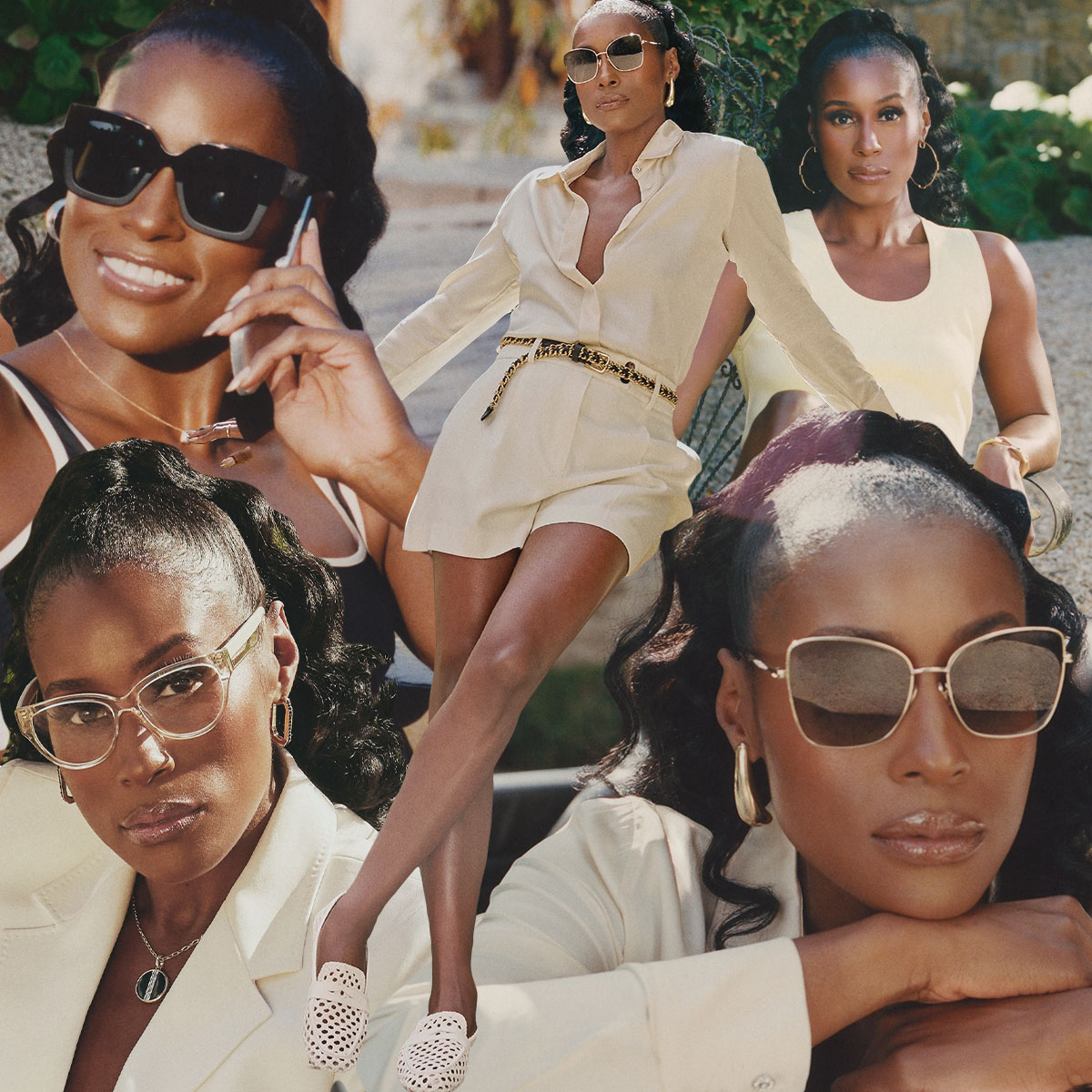 Issa Rae Is Fueling Her Mogul Era With More Me Time
Issa Rae Is Fueling Her Mogul Era With More Me TimeThe key to her success lies in self-care.
By Lauren Tappan Published
-
 13 Hailey Bieber Outfit Formulas Defining Her Laidback Personal Style
13 Hailey Bieber Outfit Formulas Defining Her Laidback Personal StyleCopy and paste to your closet.
By Lauren Tappan Published
-
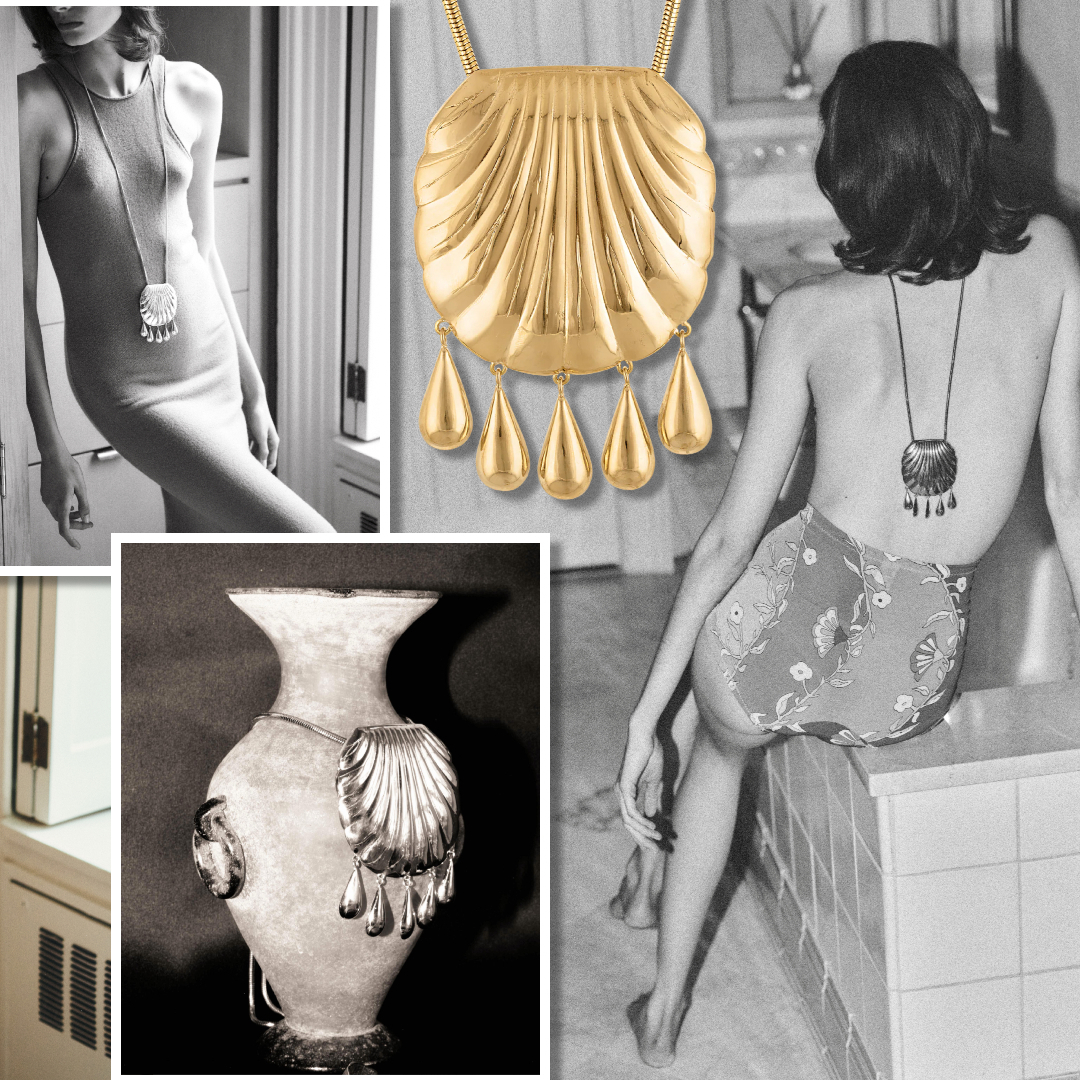 How Juju Vera’s Shell Necklace Reeled in a Cult Fashion Following
How Juju Vera’s Shell Necklace Reeled in a Cult Fashion FollowingThe $500 statement piece has become an Internet status symbol in its own right.
By Emma Childs Published